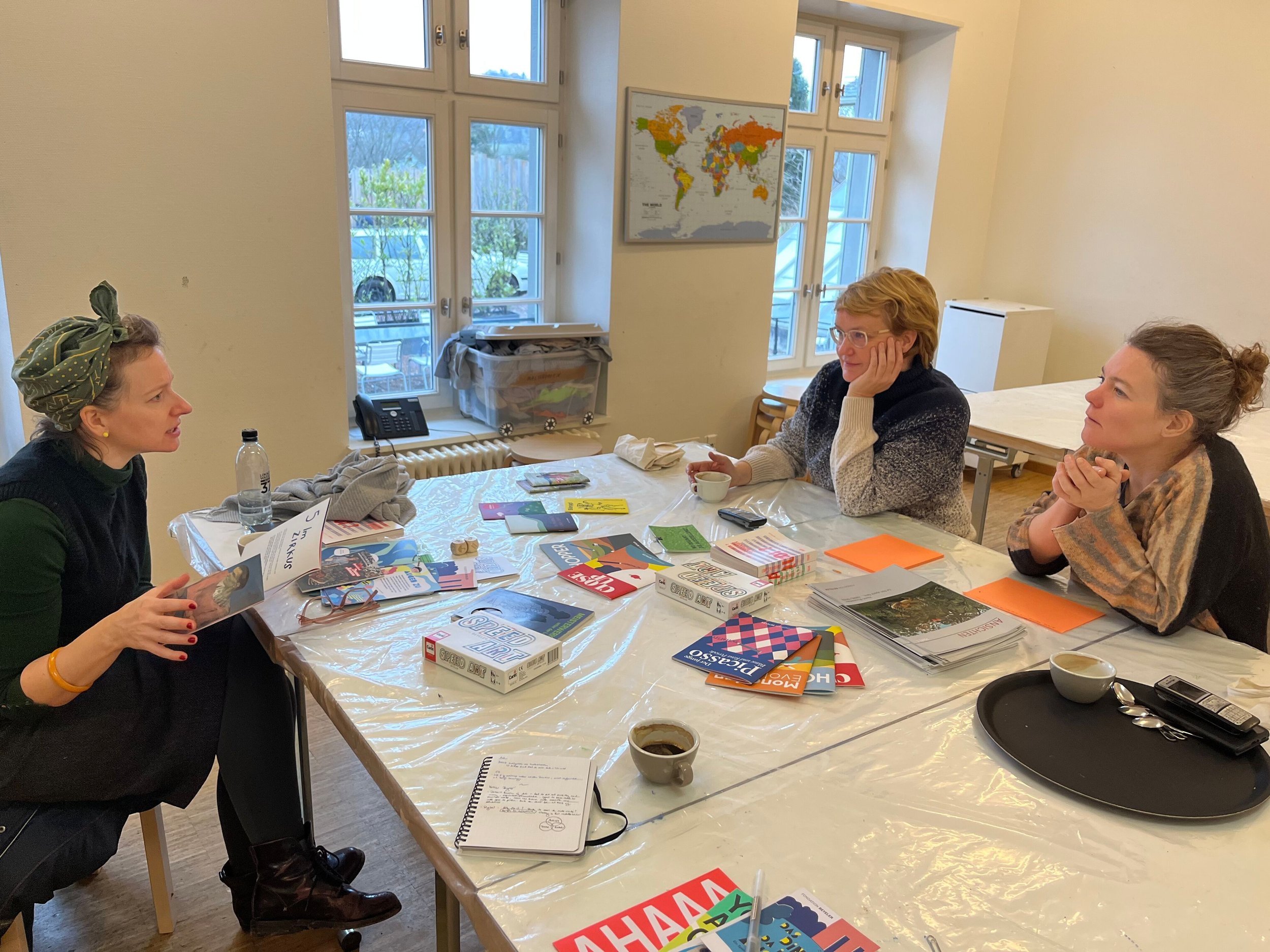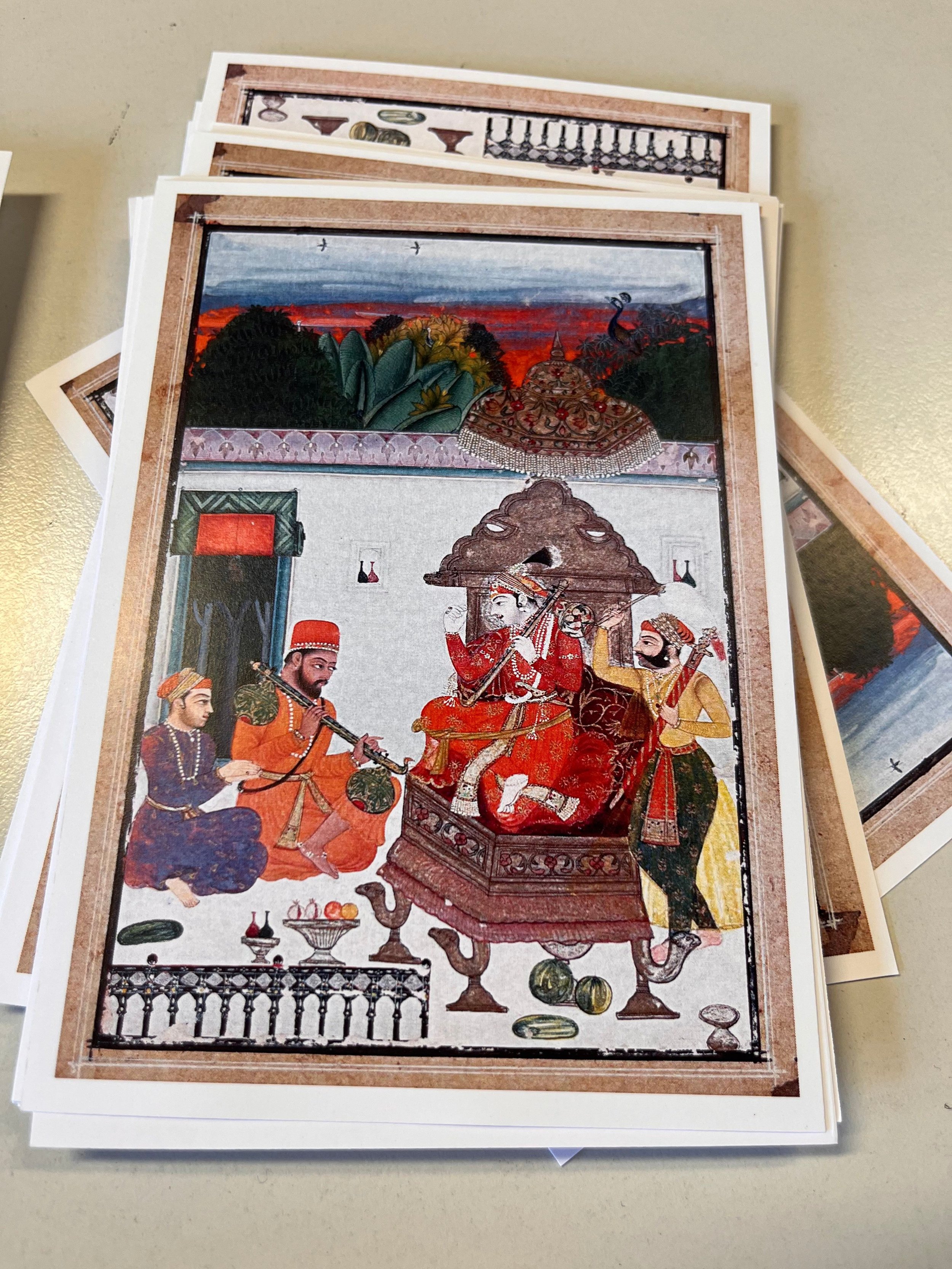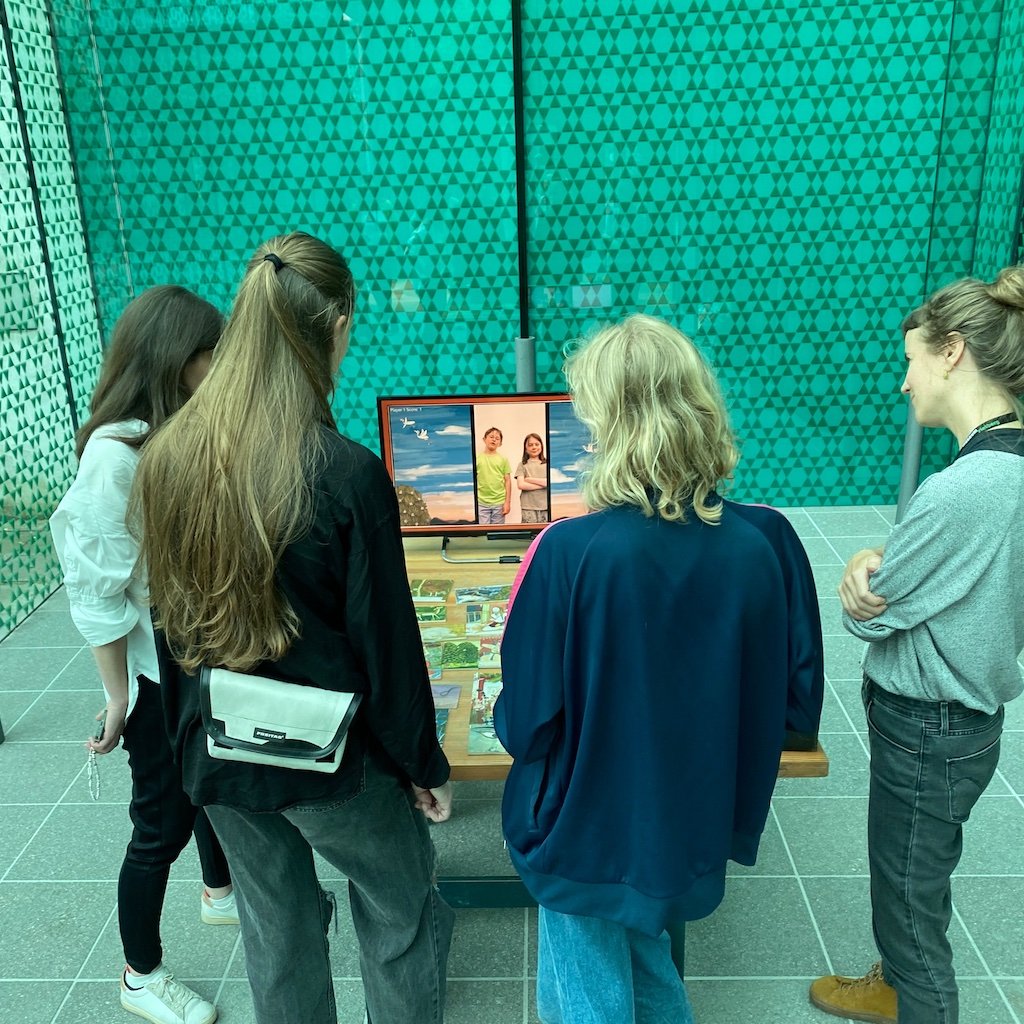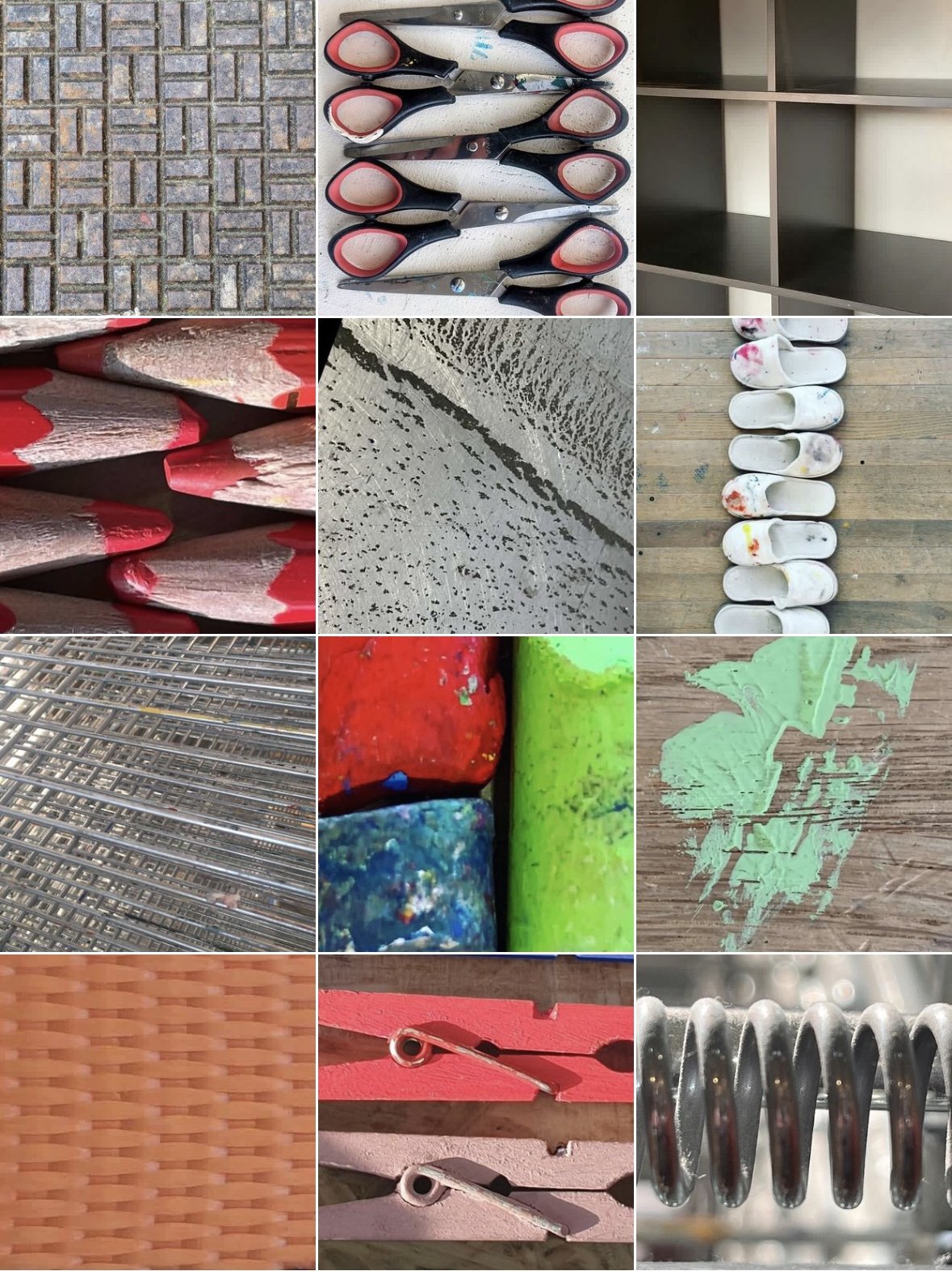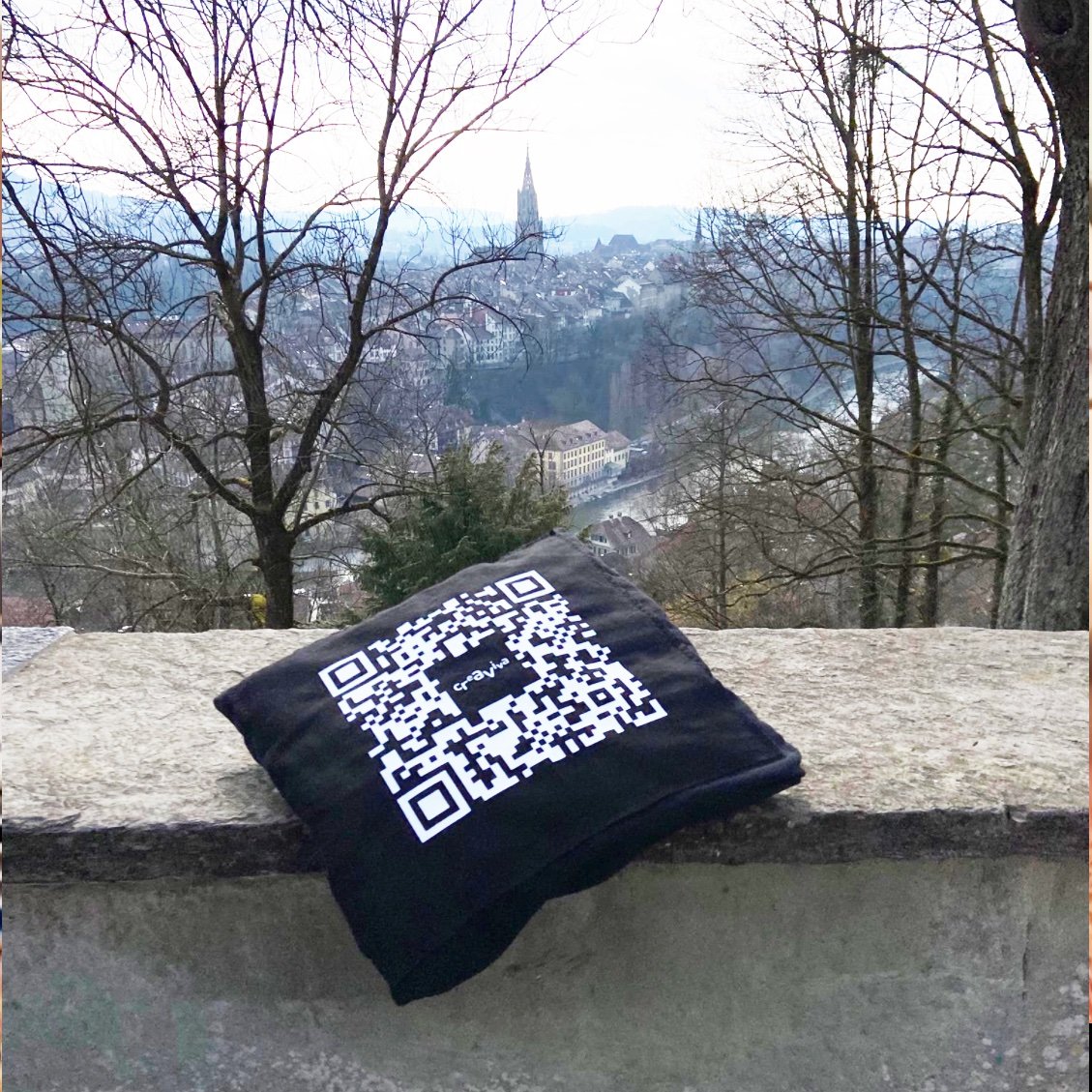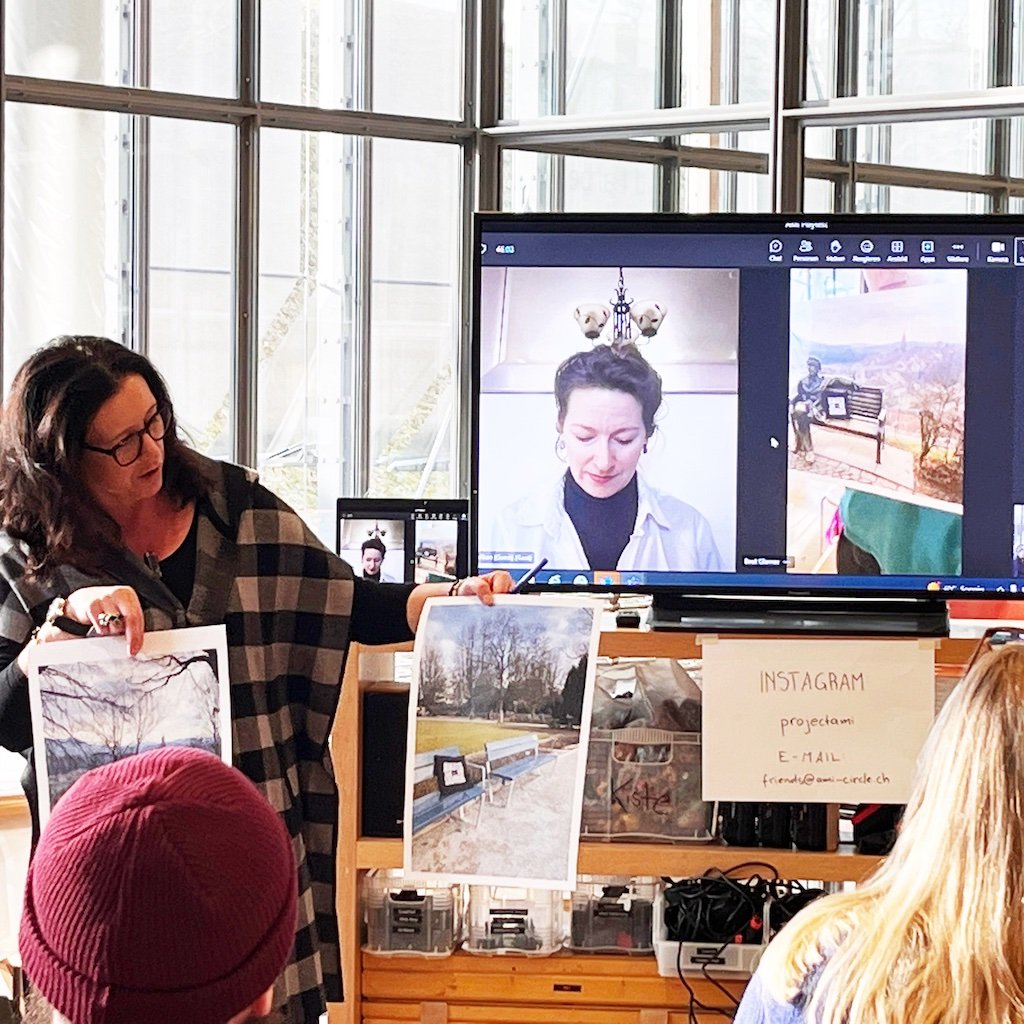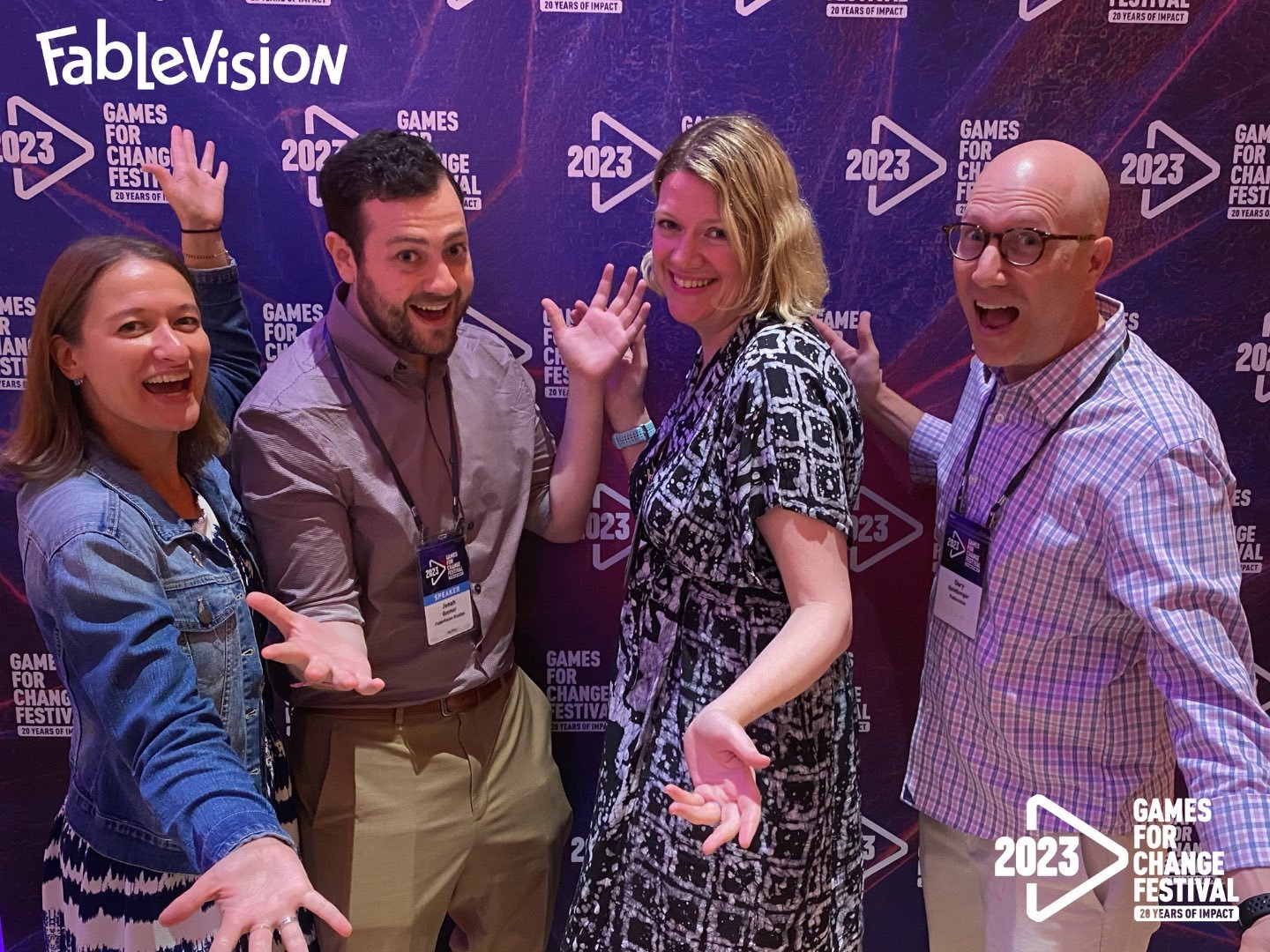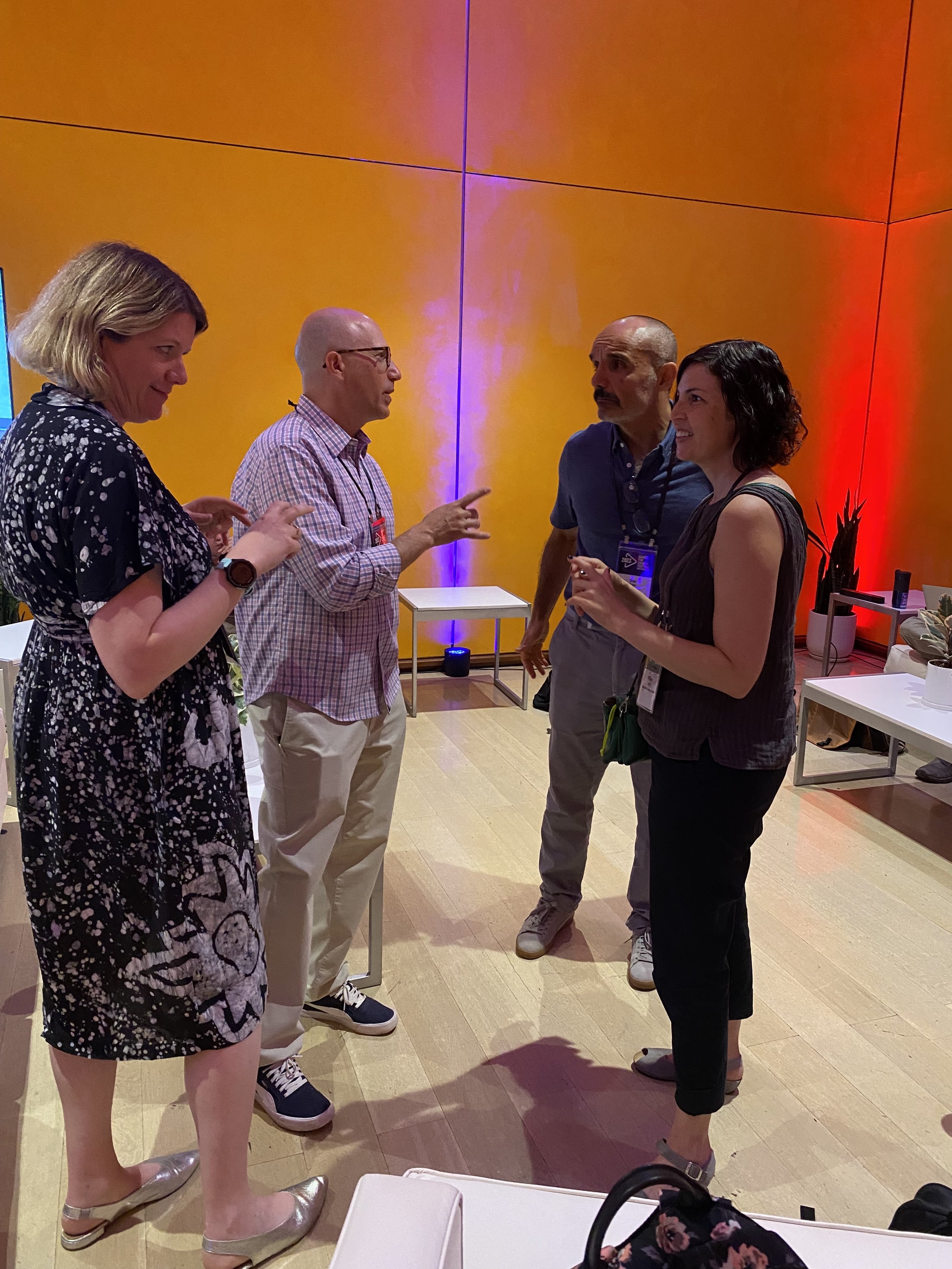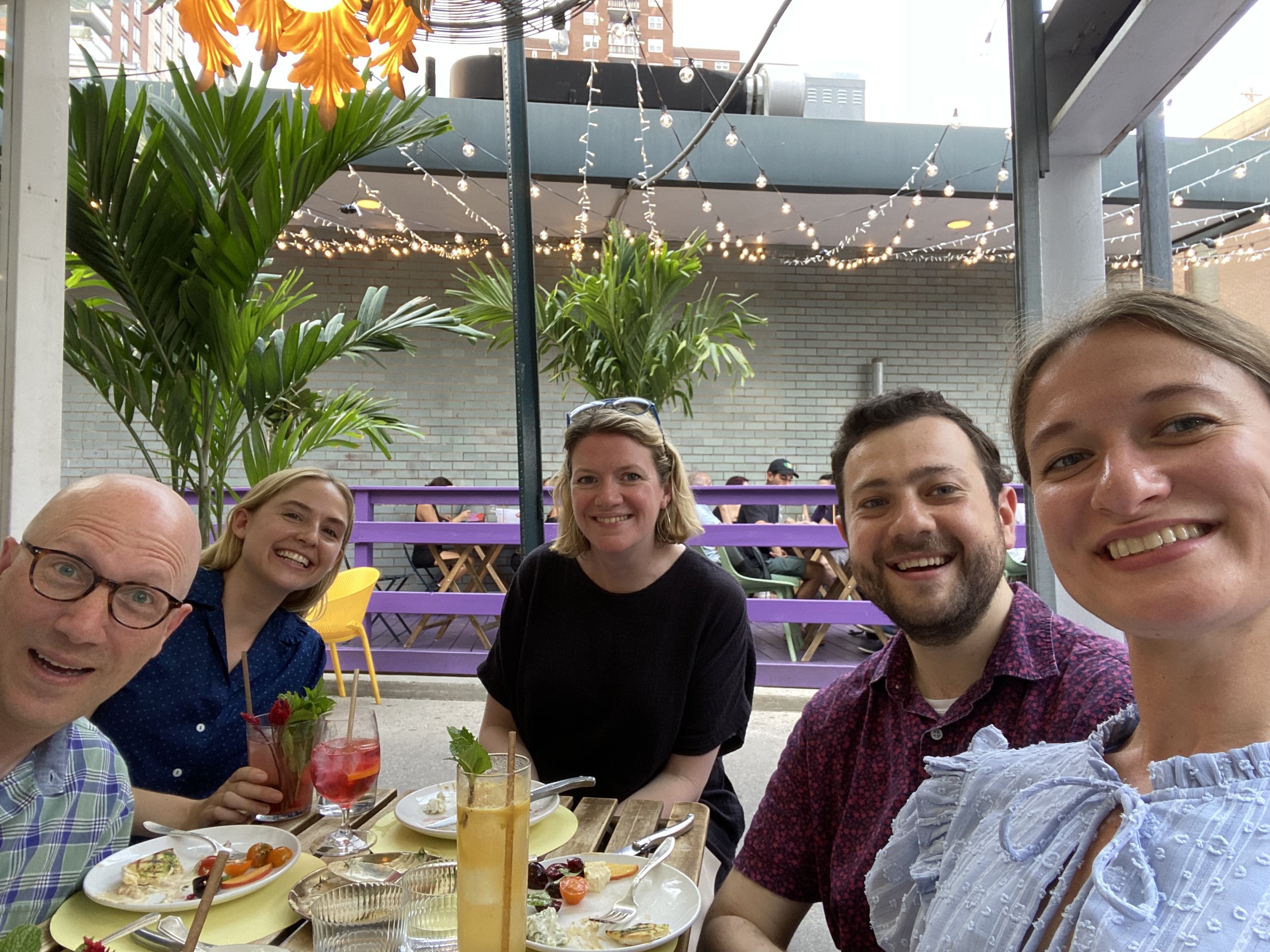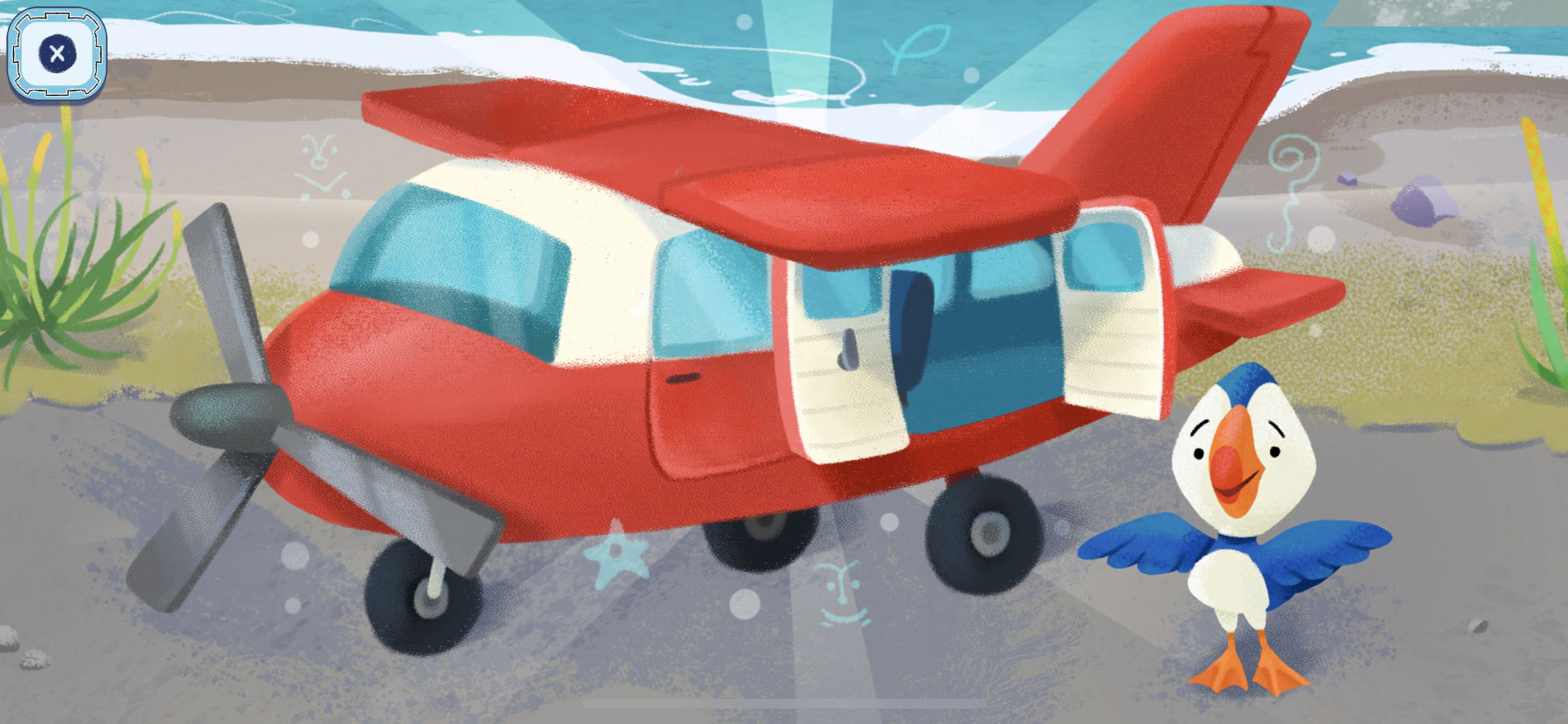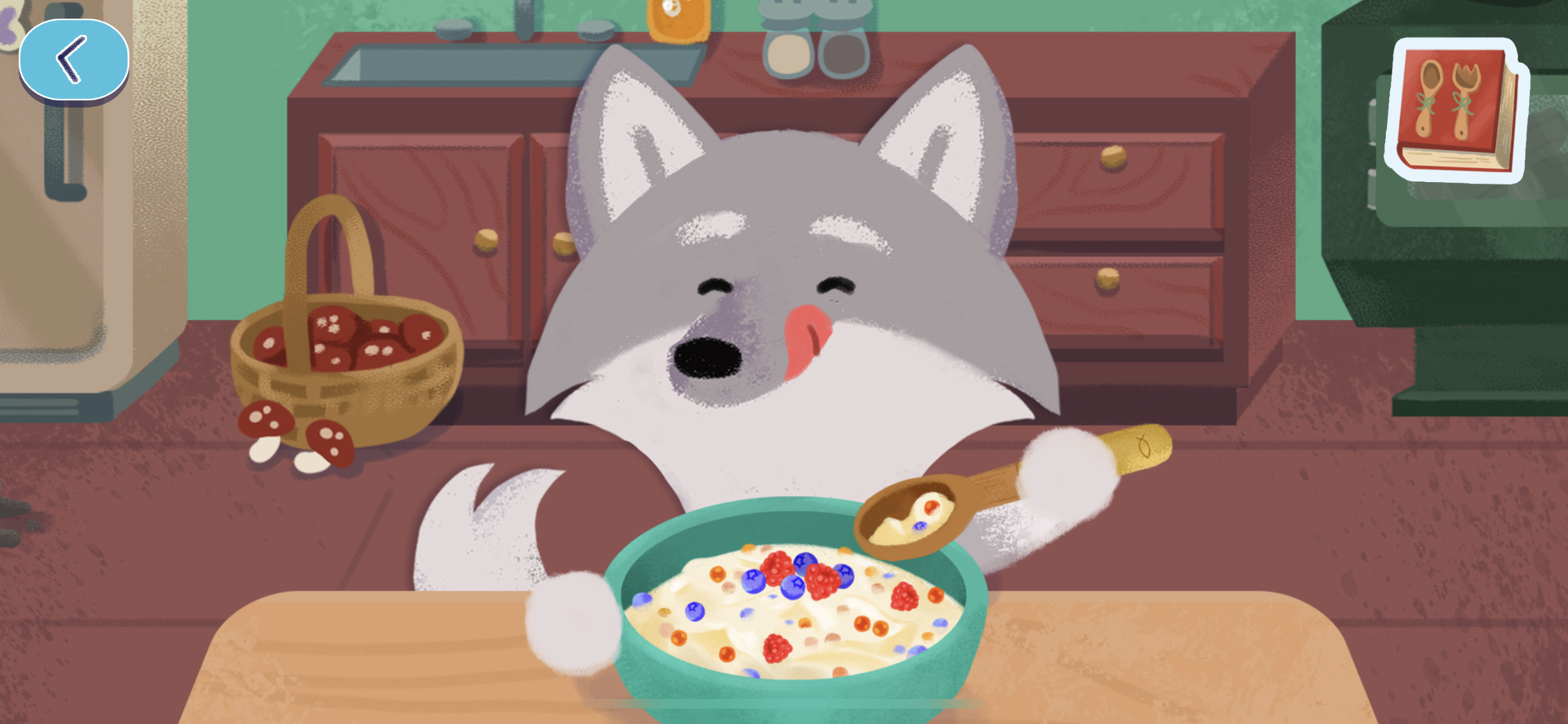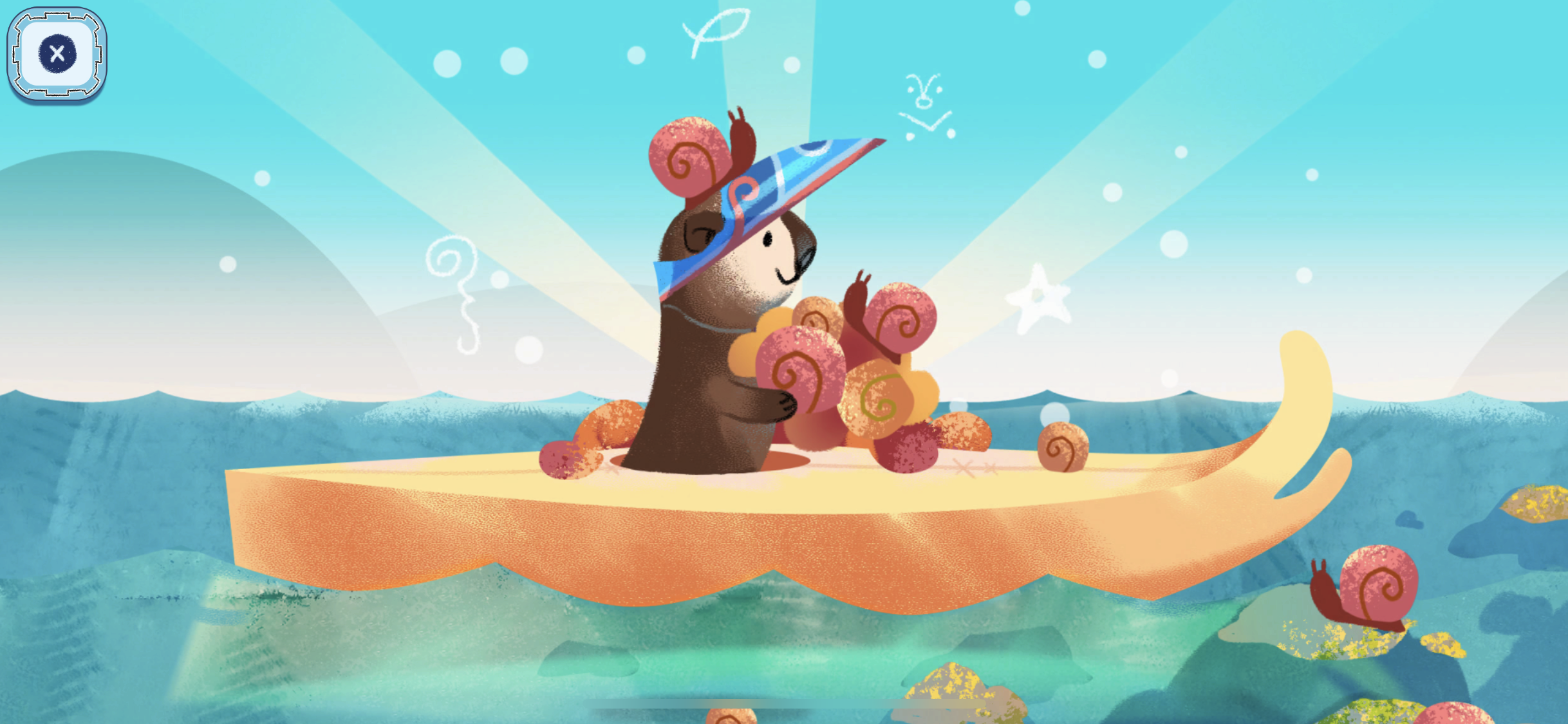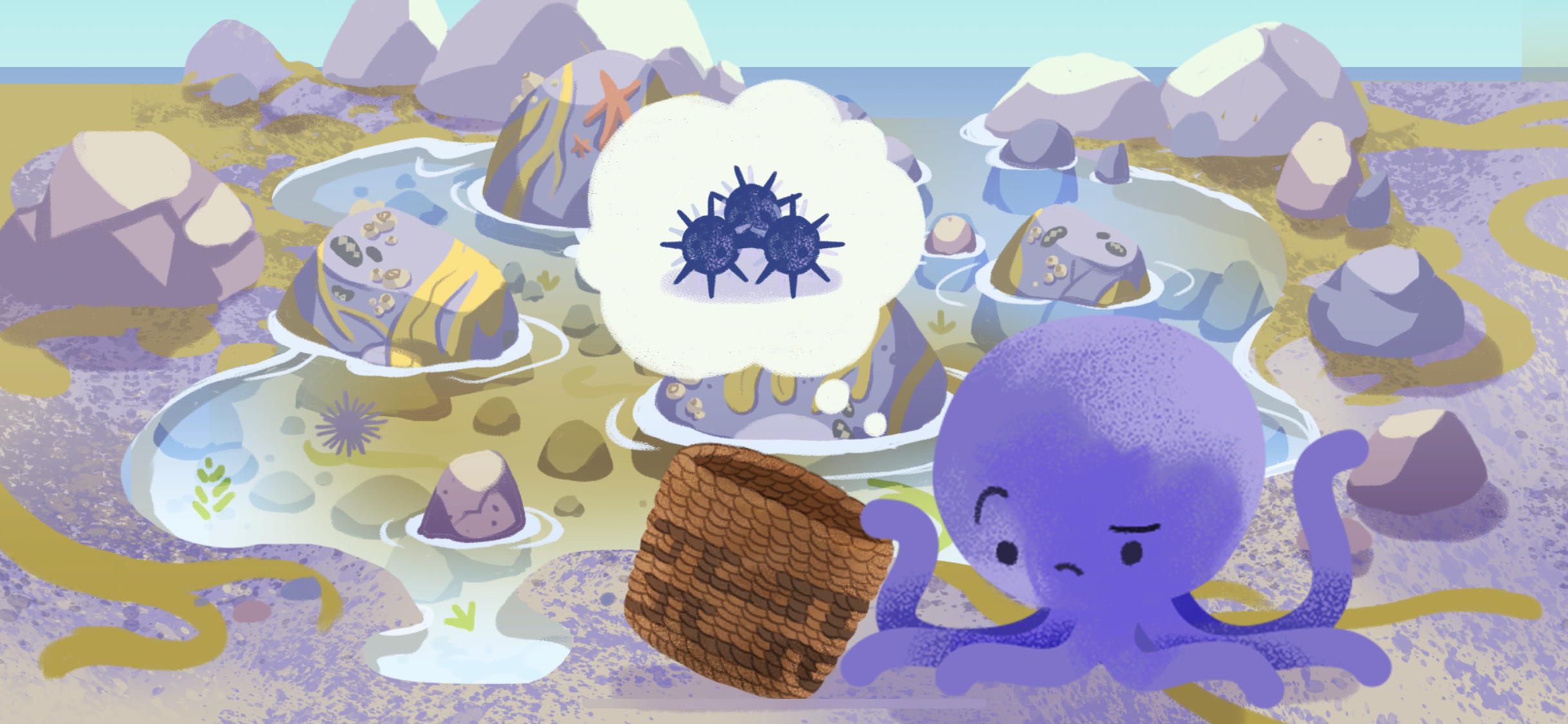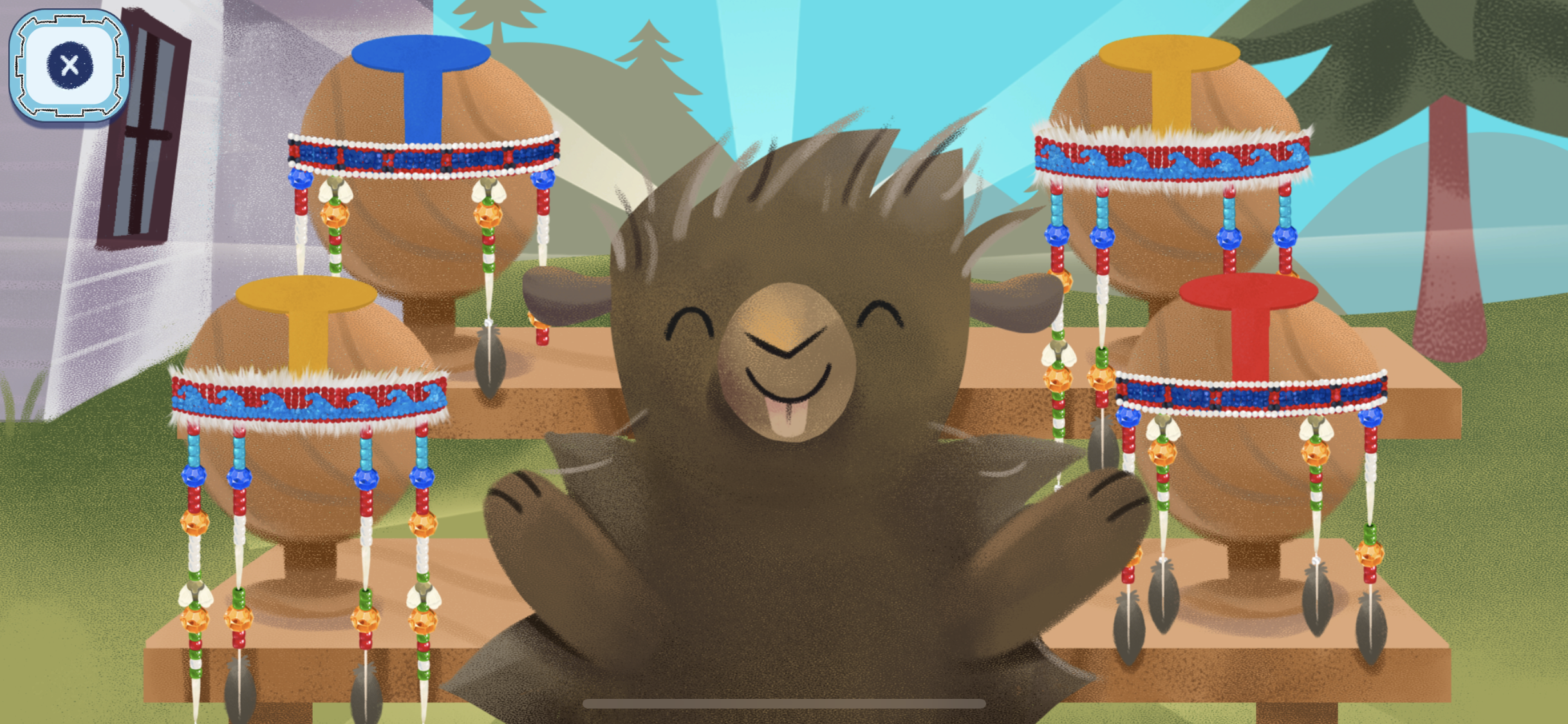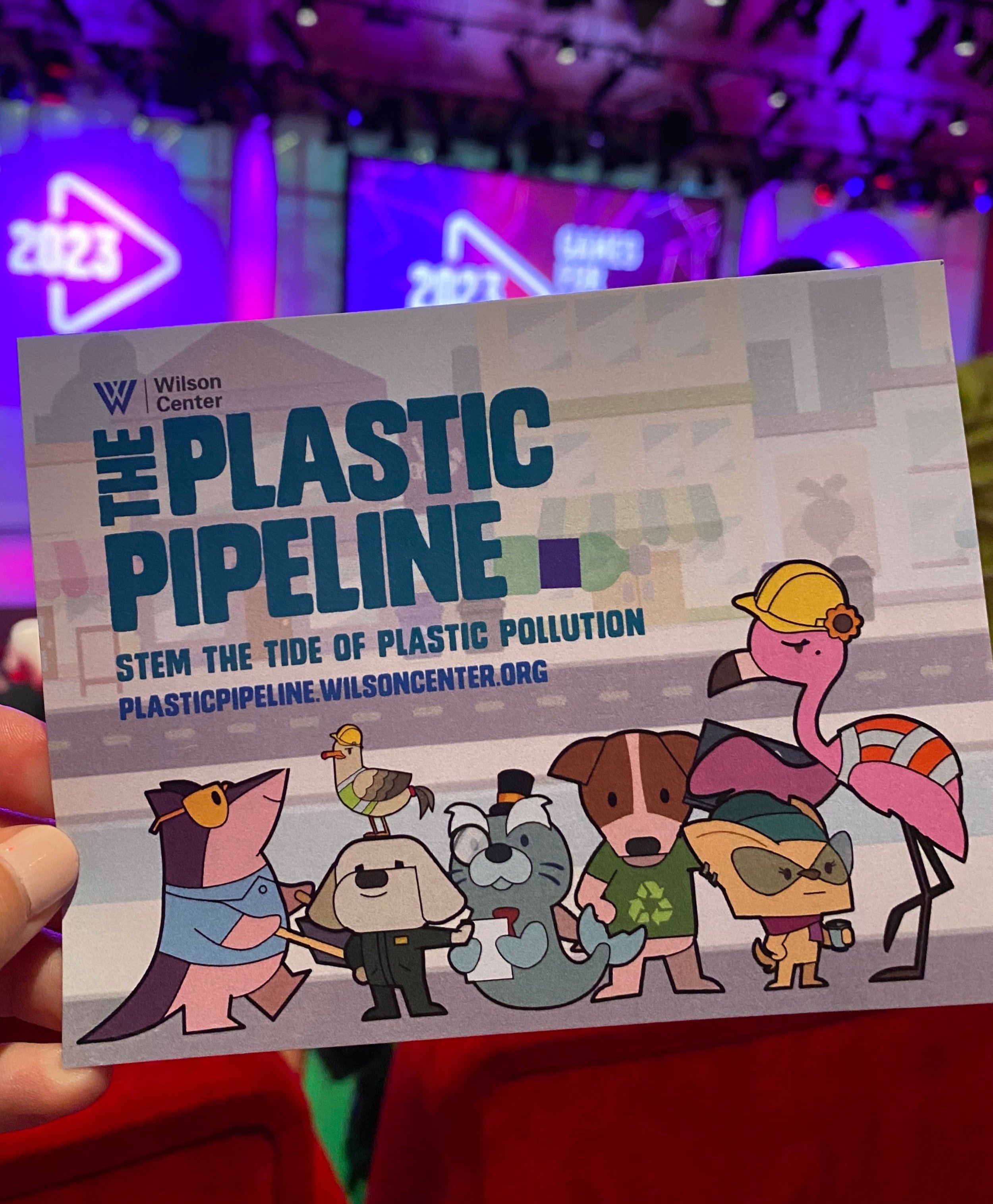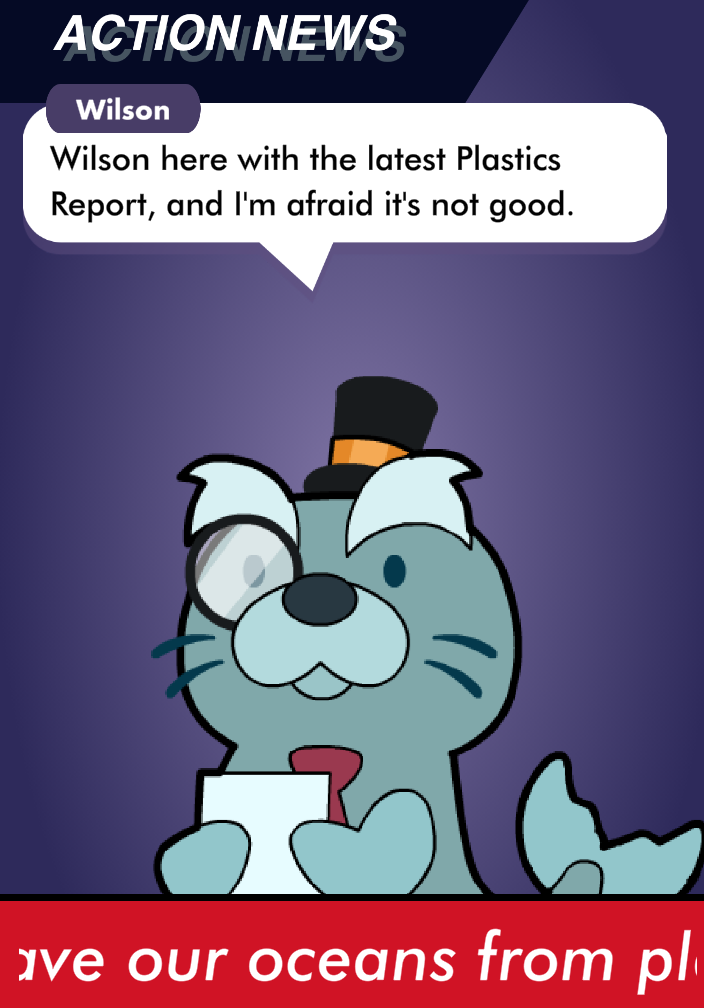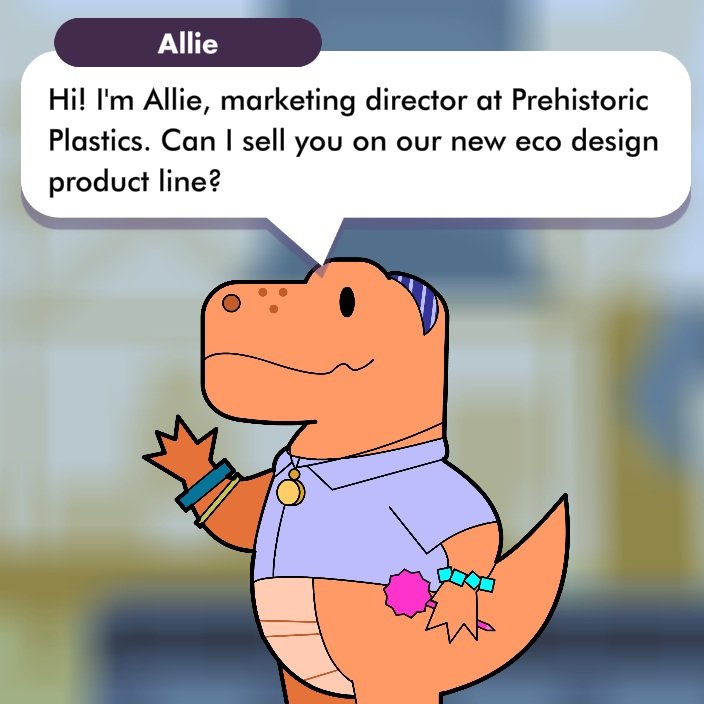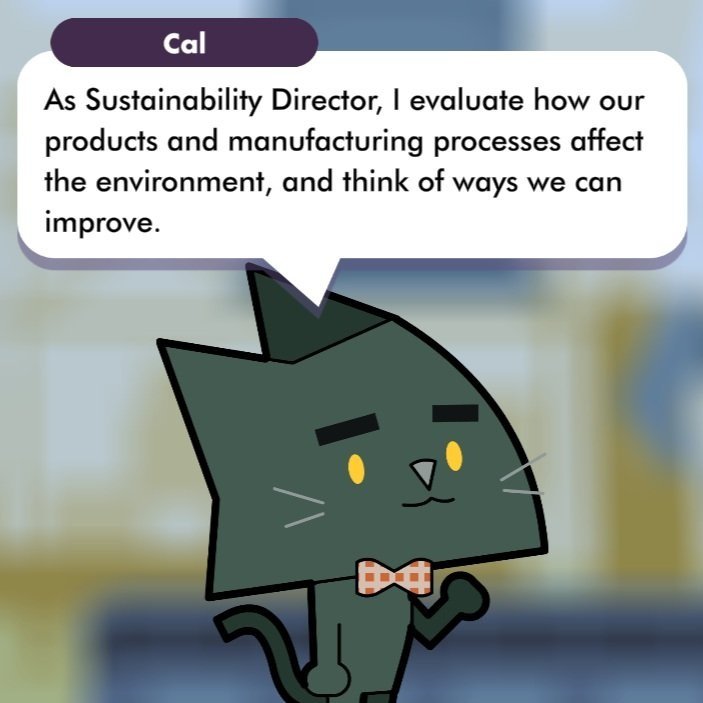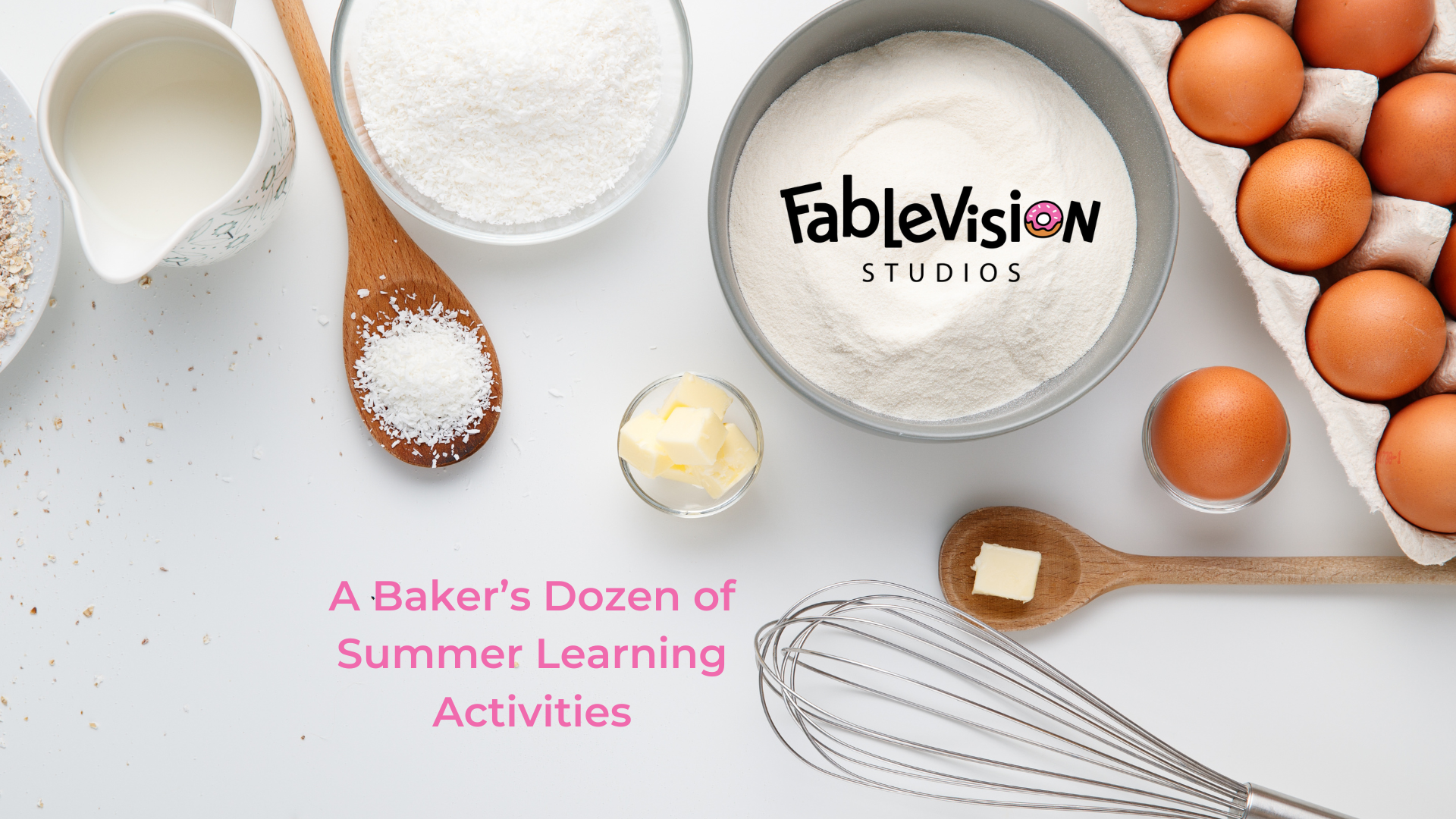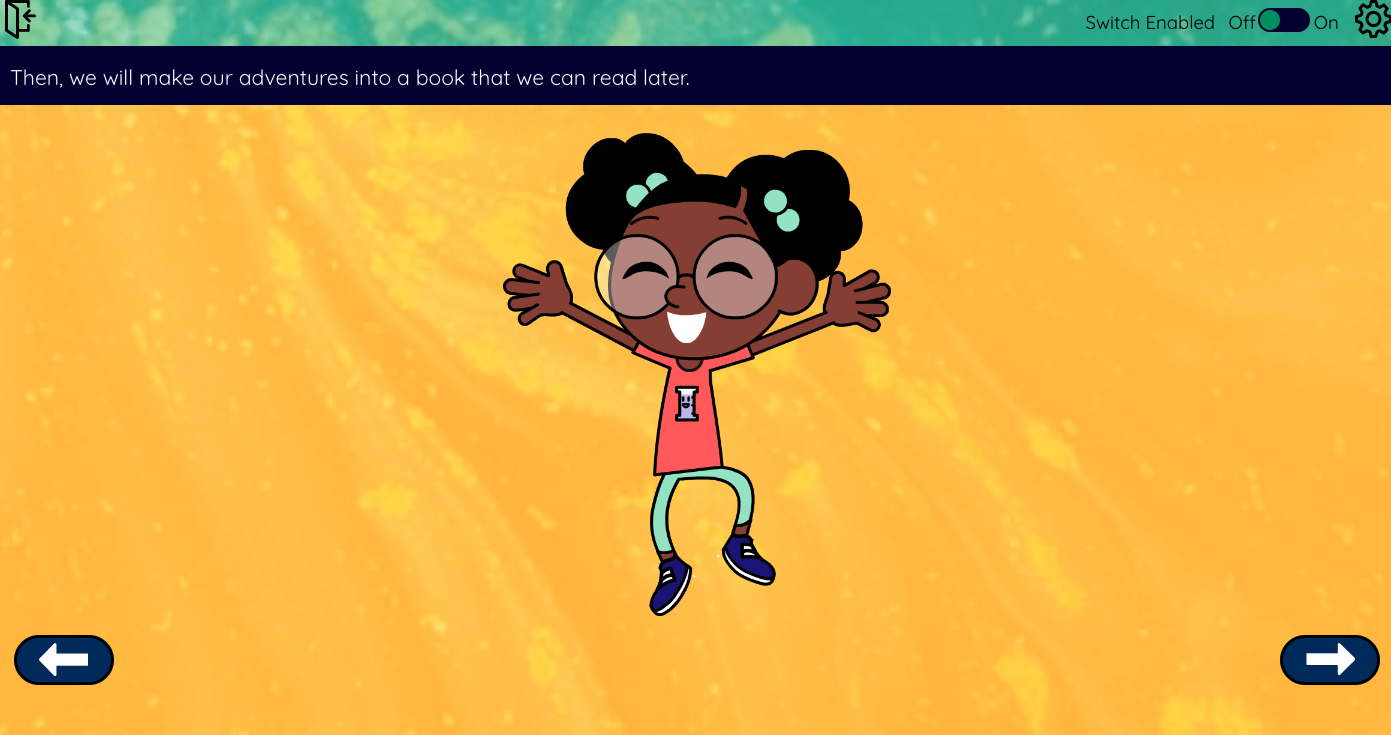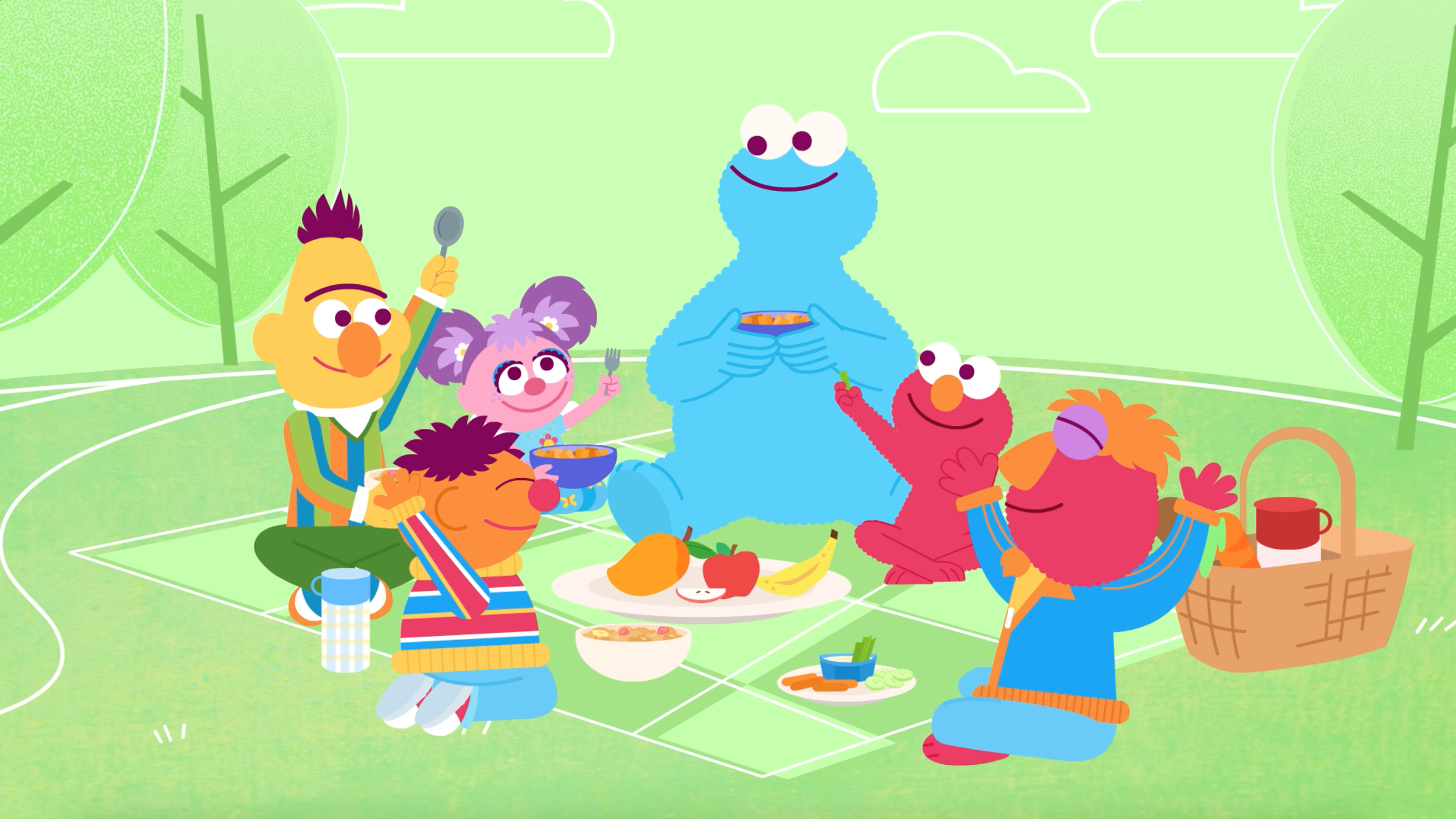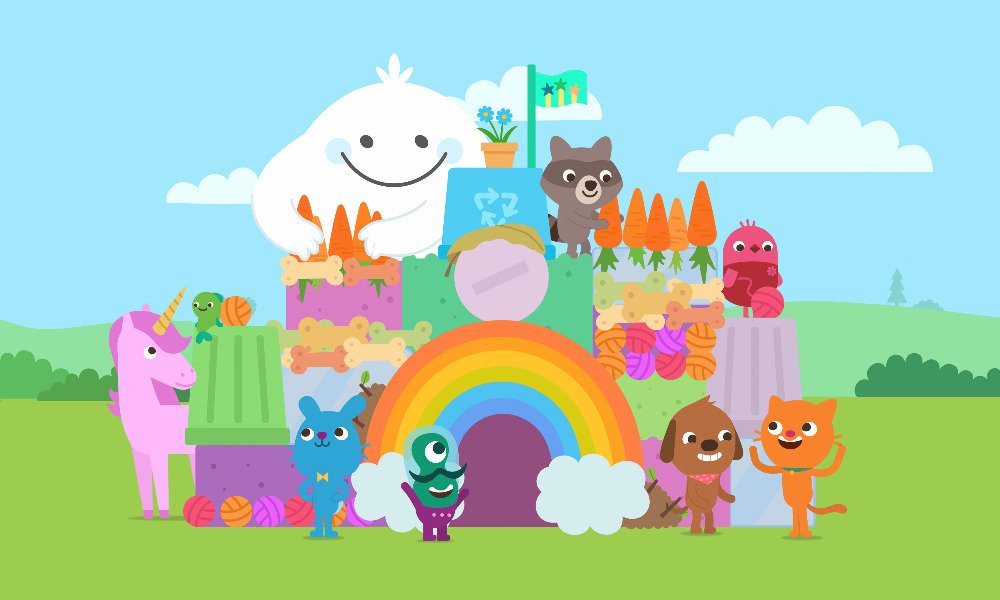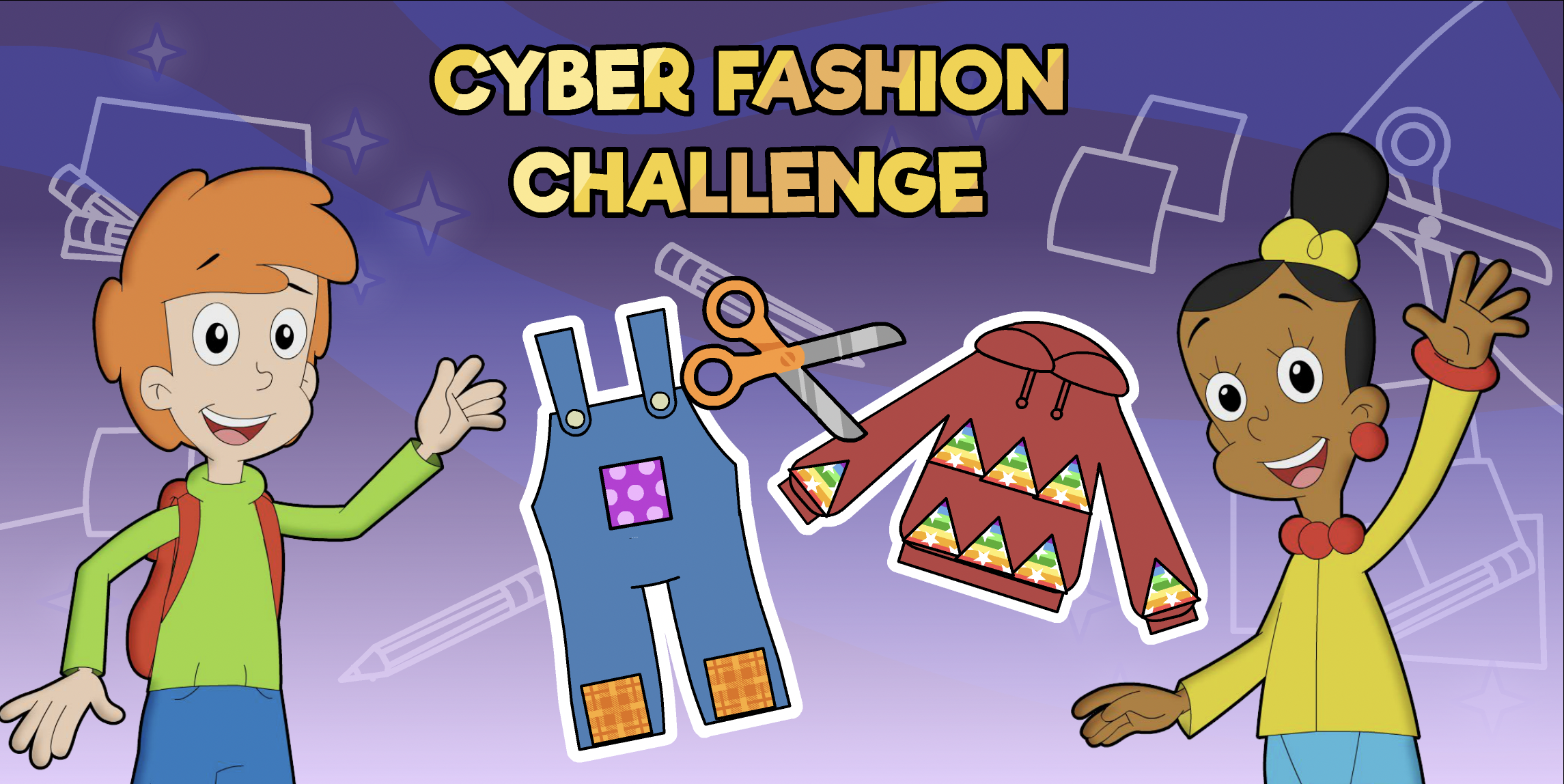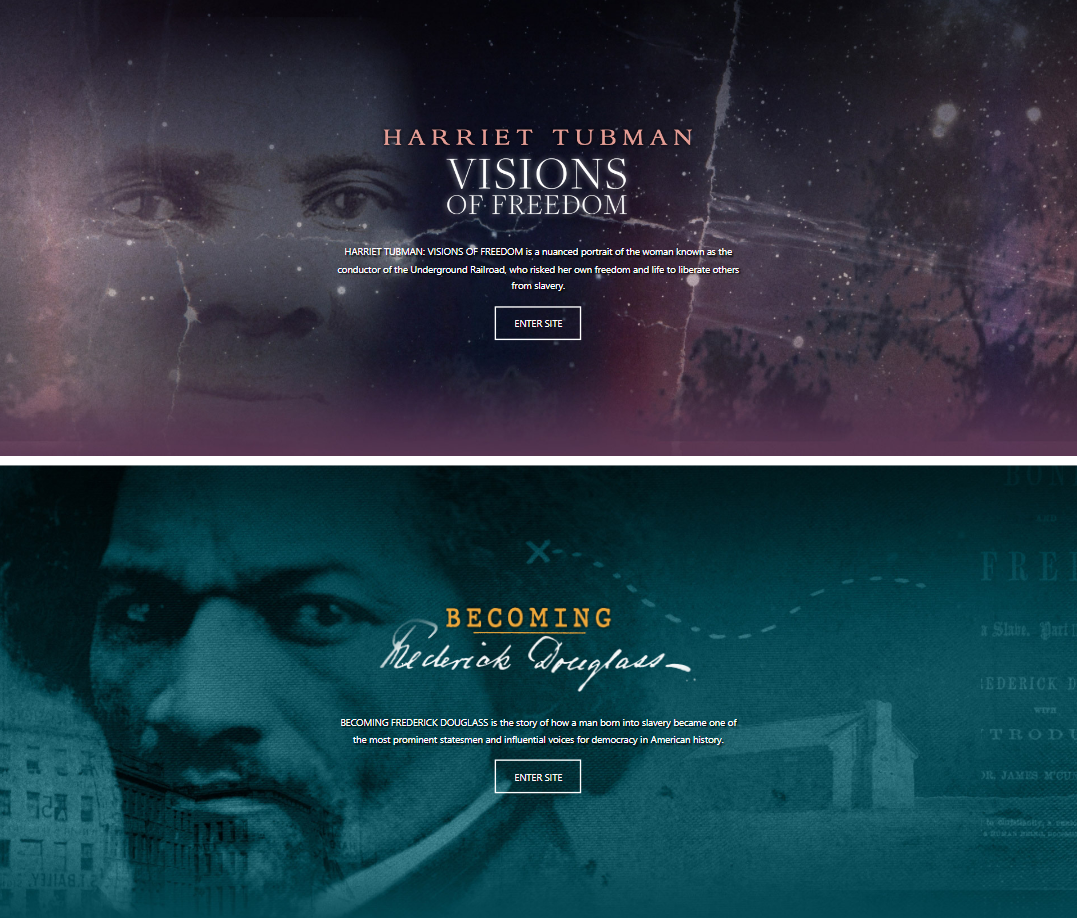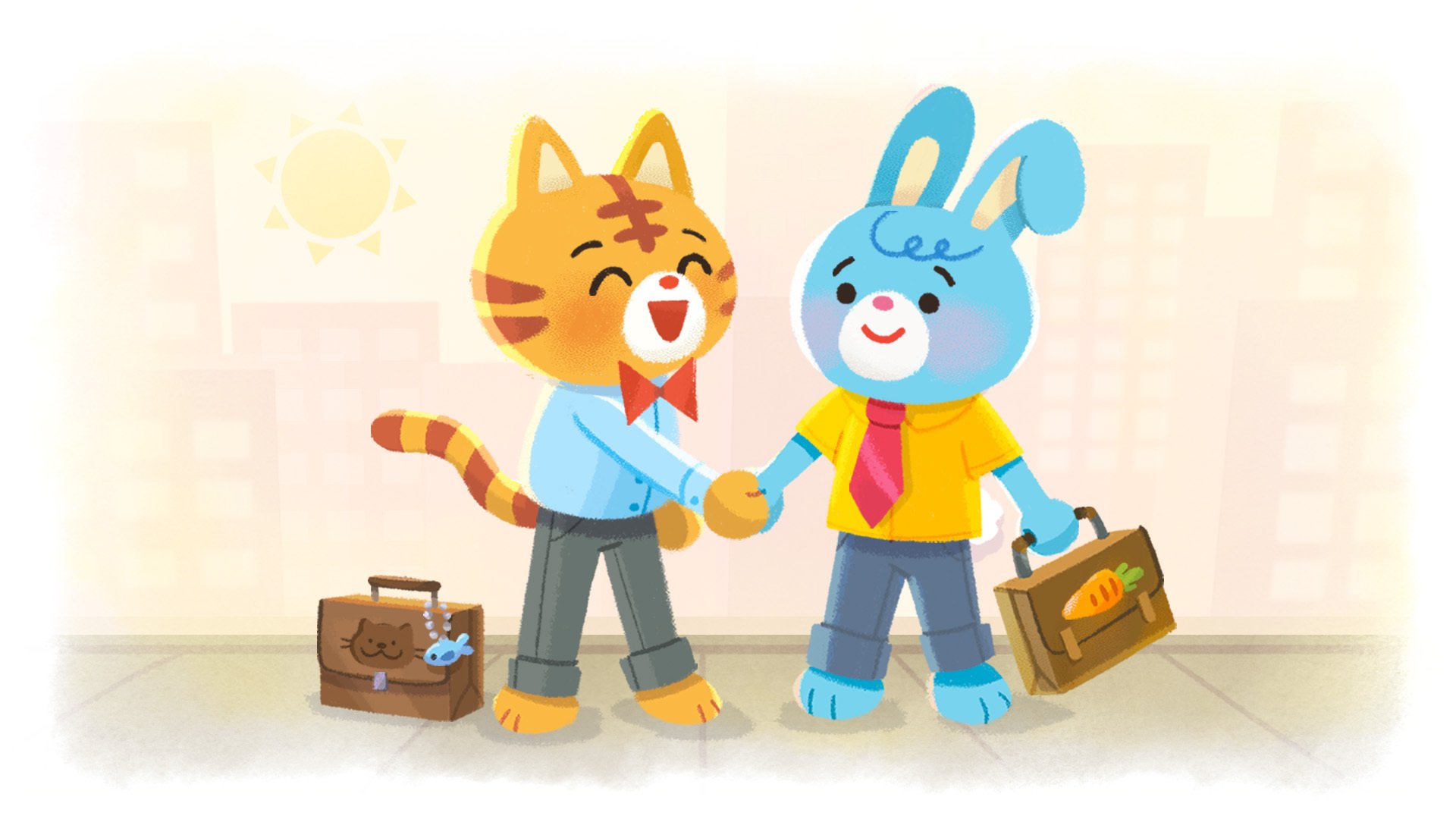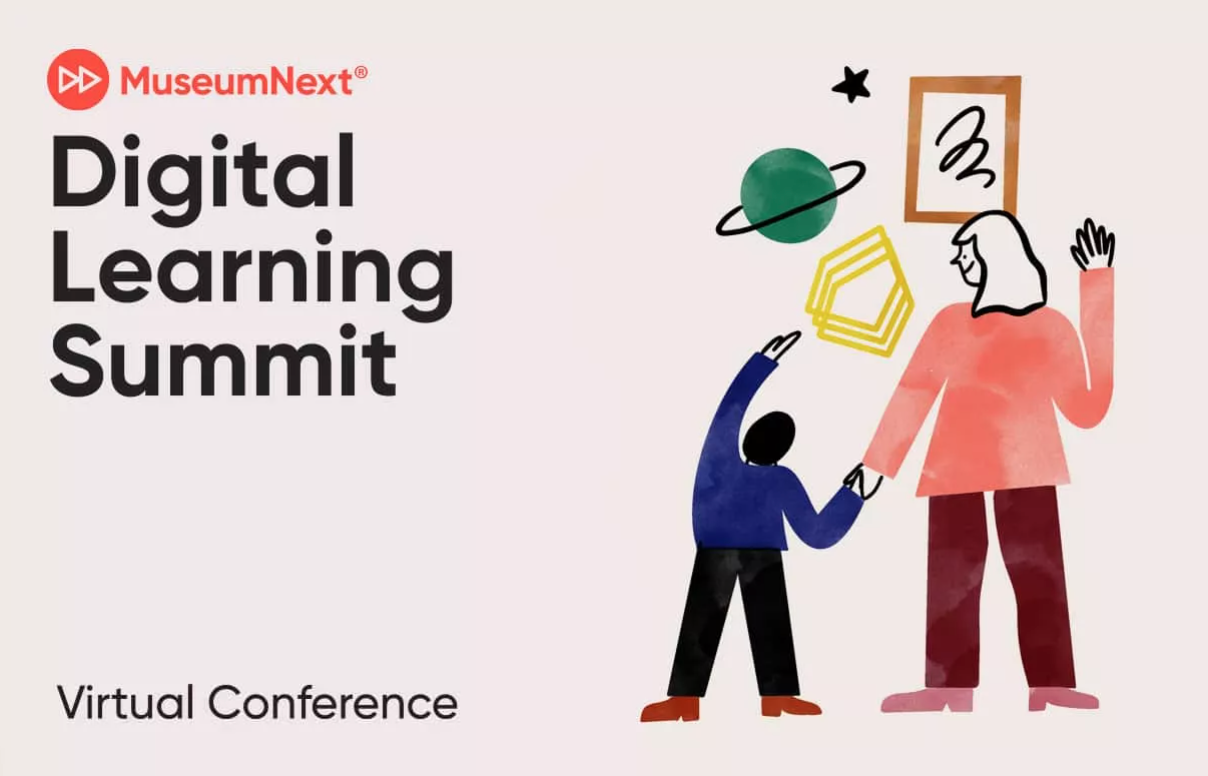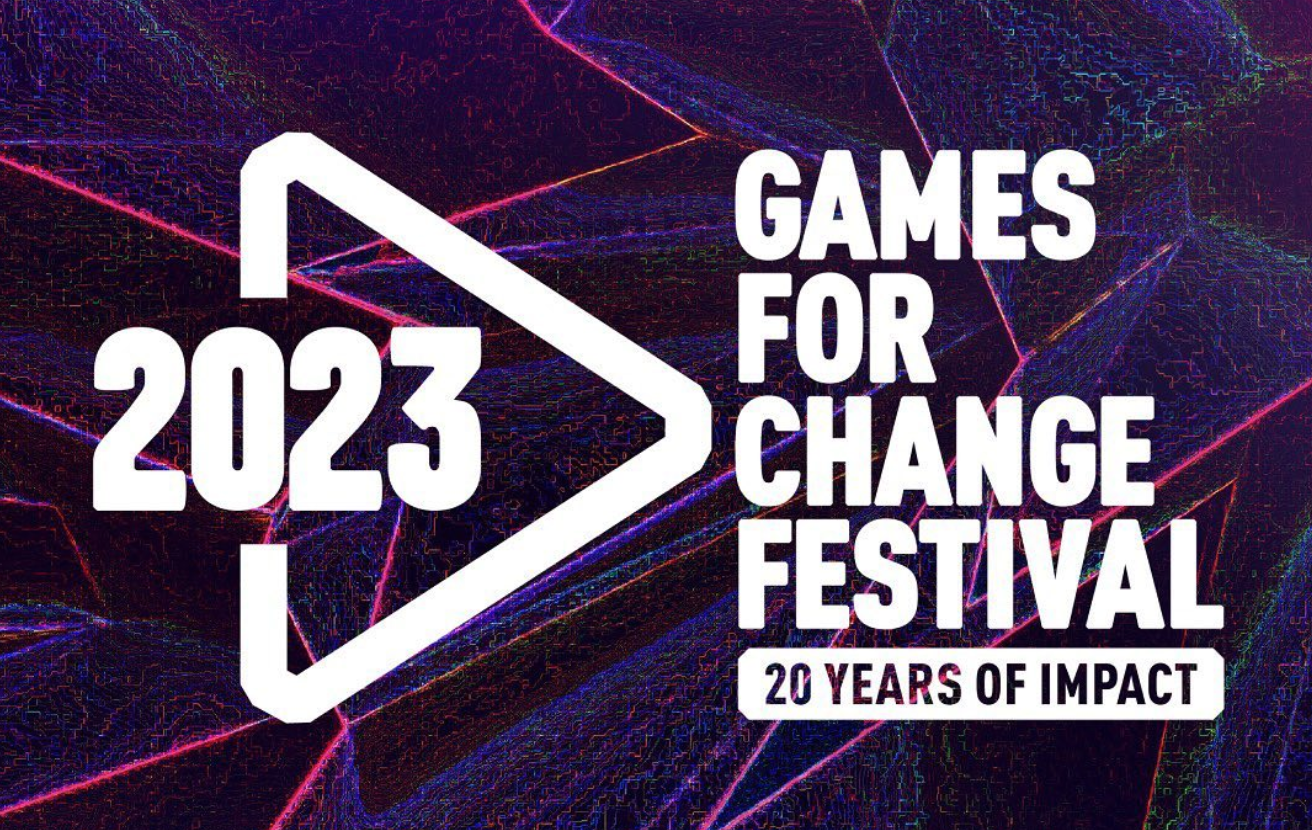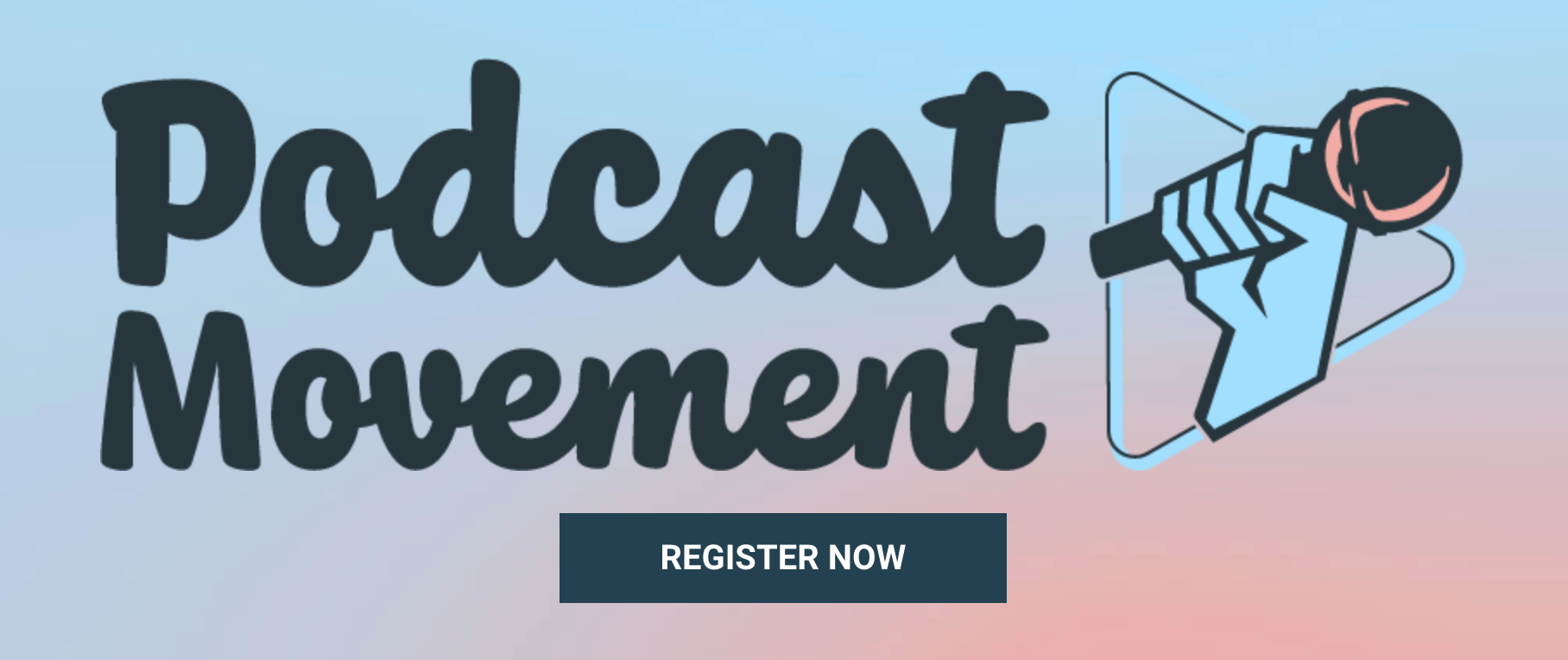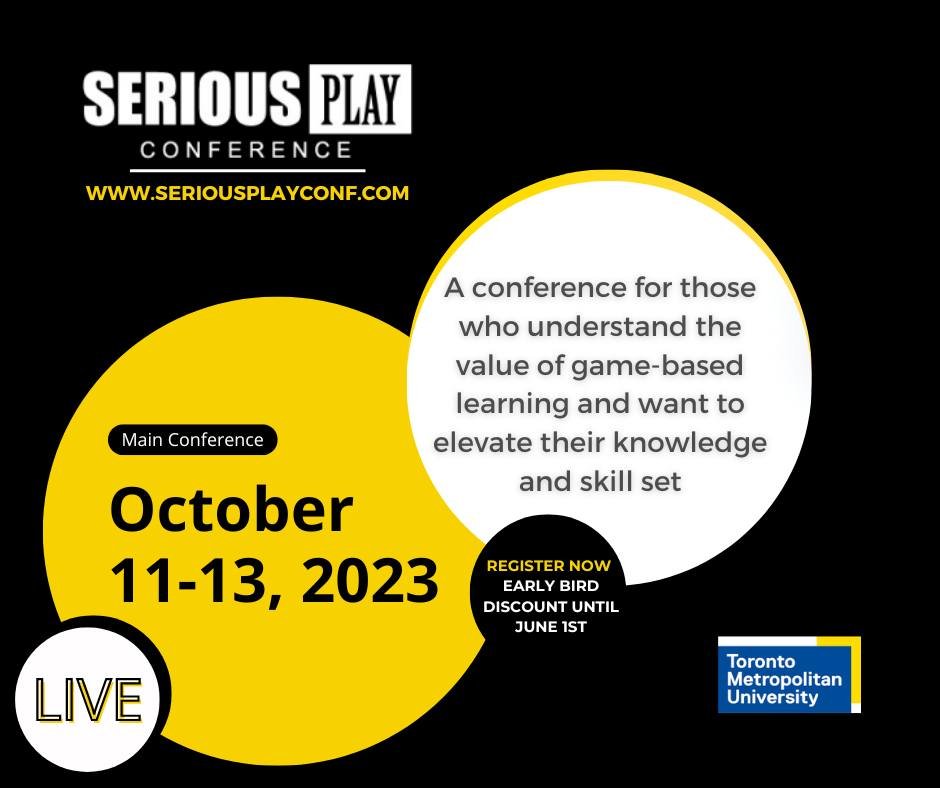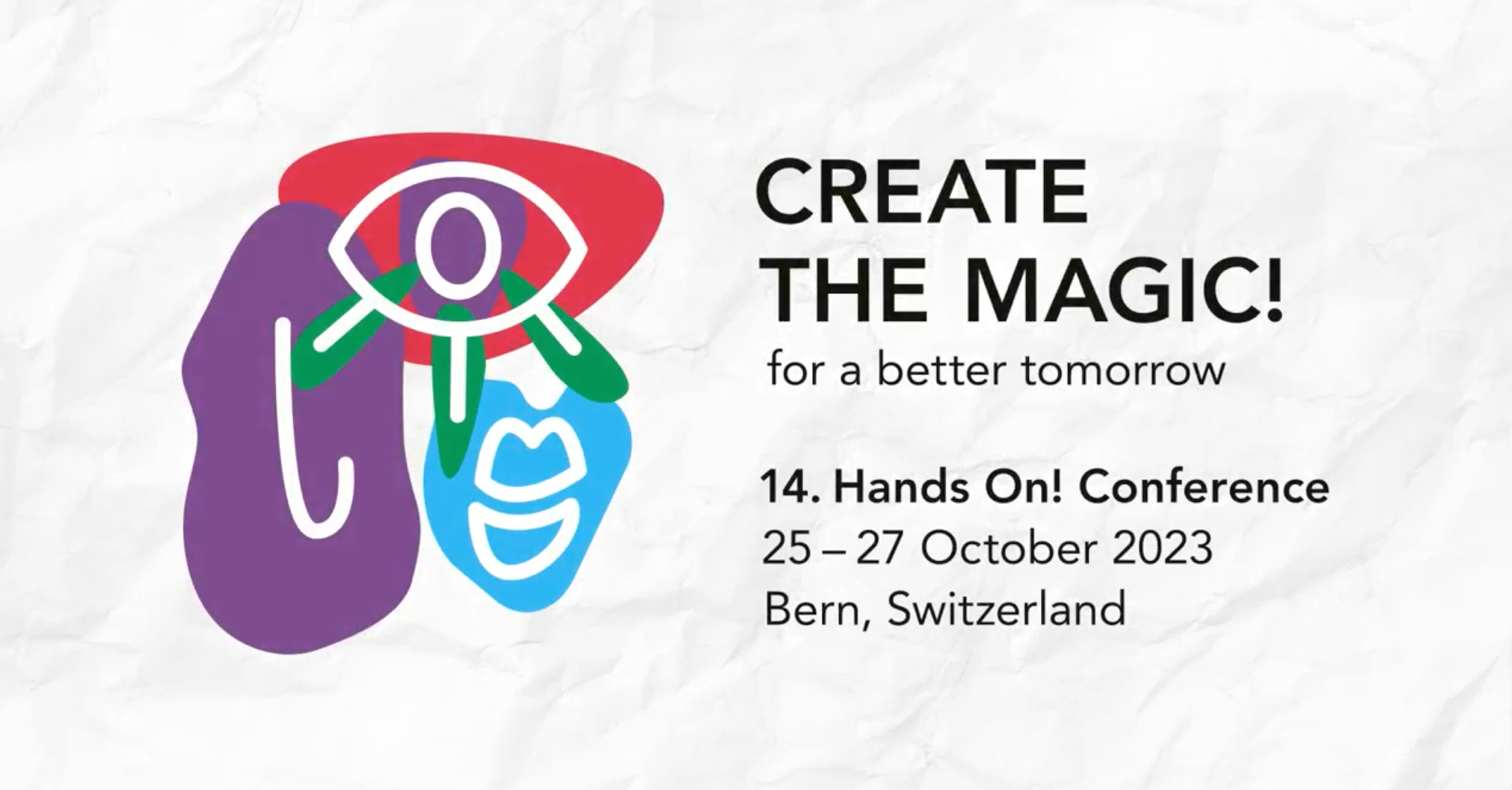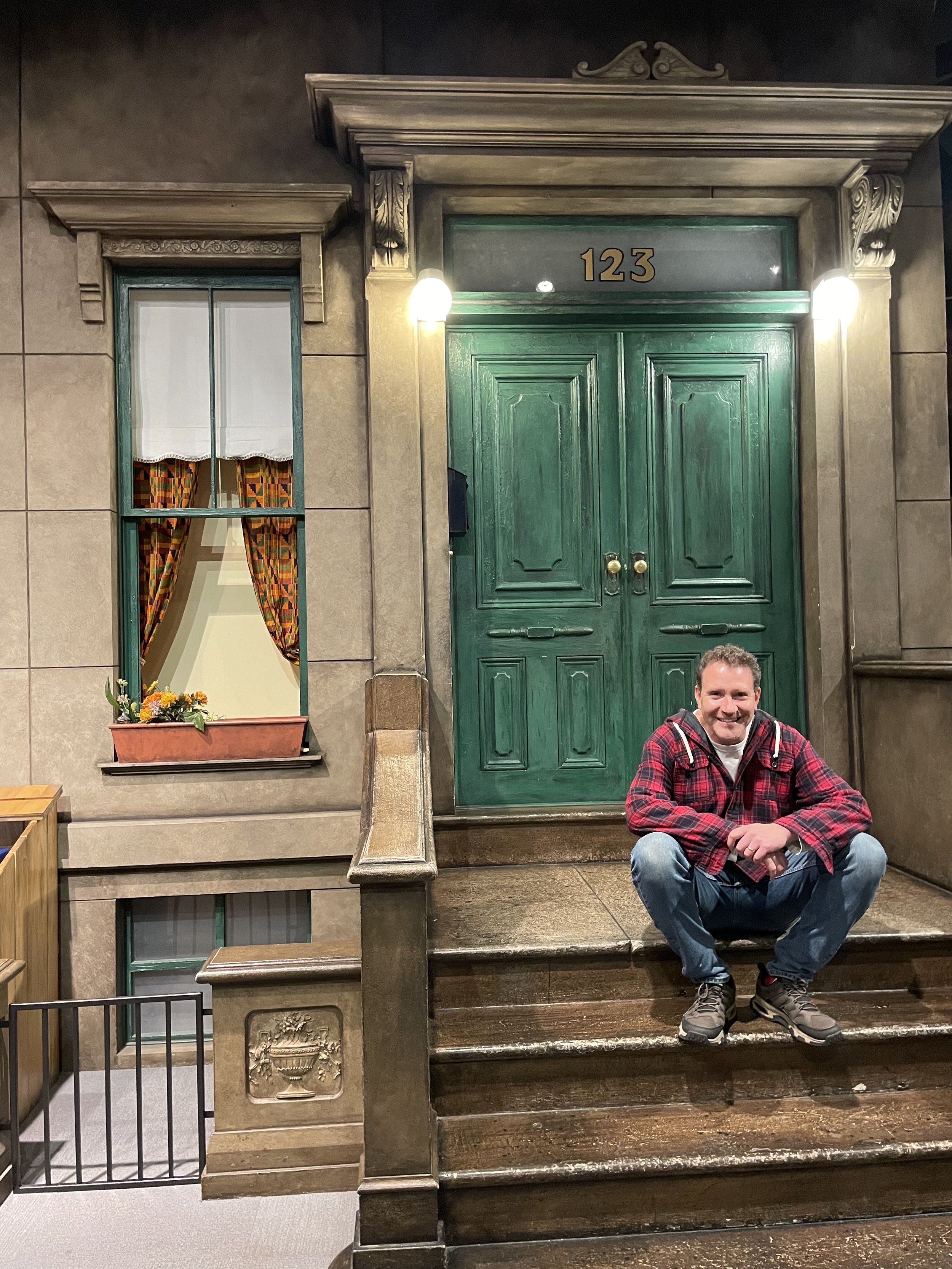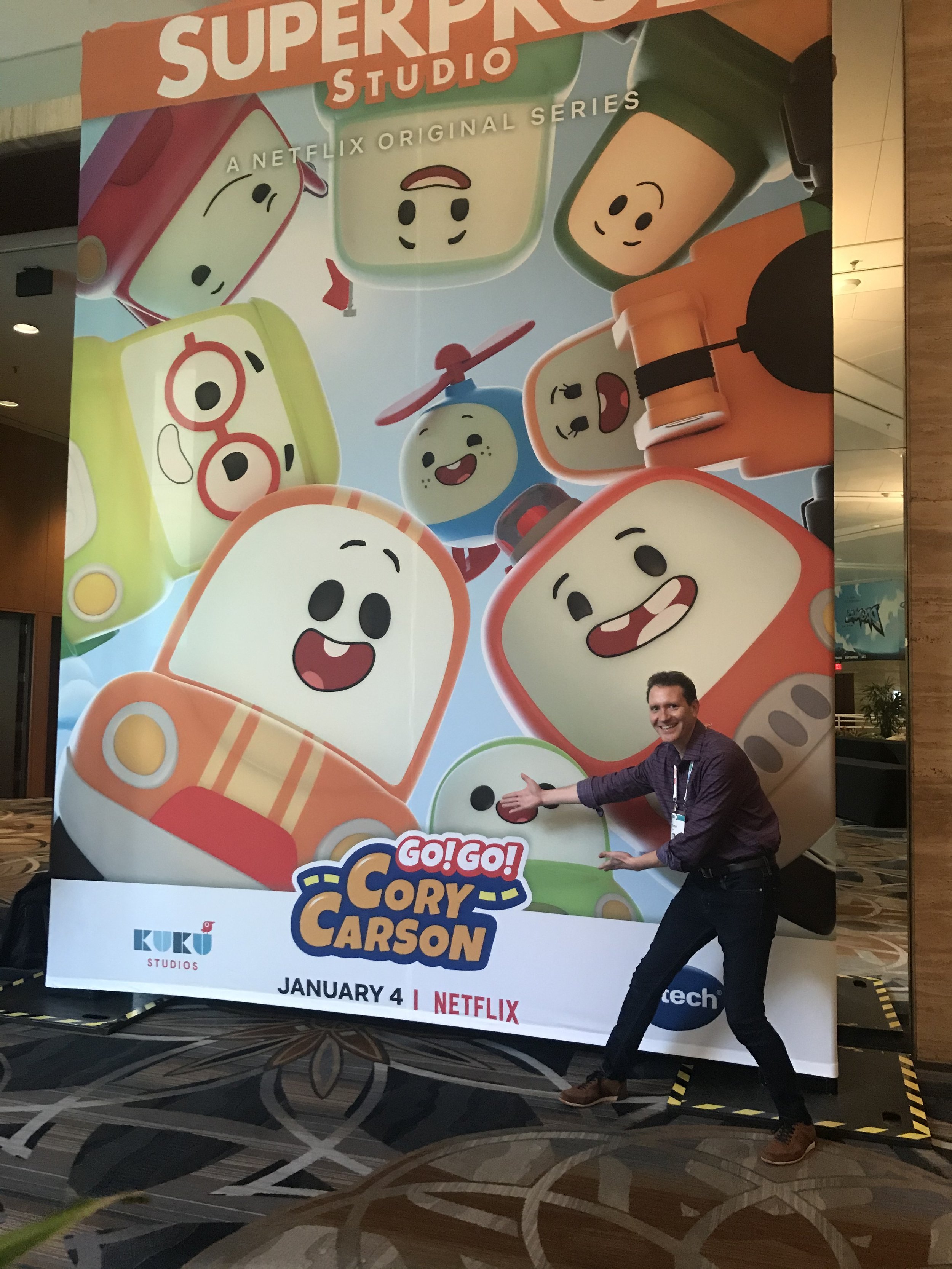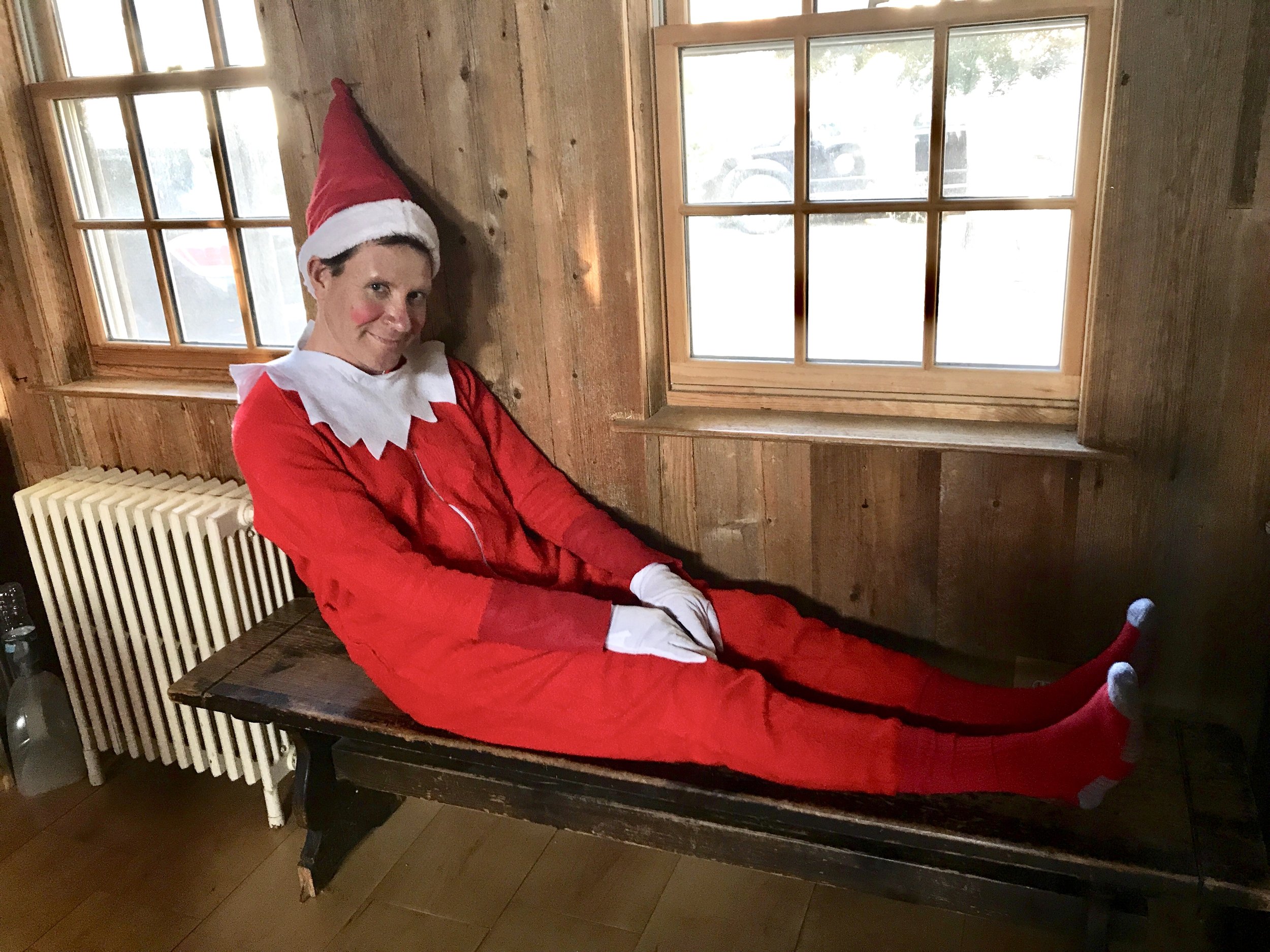Three museums, 10 prototypes, 12 months: that’s the hefty goal for Project AMI, but it’s just the tip of the iceberg. Project AMI (Art + Museums Interacting), the brainchild of Kellian Adams Pletcher, FableVision’s Director of G.L.A.M. Innovation (Galleries, Libraries, Archives, and Museums), is taking the possibilities of interactive installations to the next level in Switzerland. With the sponsorship of the Max Kohler Foundation, Project AMI partners and collaborates with several Swiss museums to elevate art education by creating prototypes for innovative and interactive experiences. Switzerland serves as an exciting new arena for educational innovation due to its diverse cultural influences, tight-knit community, and burgeoning museum infrastructure supporting imperfect play and interaction.
Project AMI has many goals but, most importantly, aims to help museums foster an idea from conception to completion that results in an engaging prototype. Each museum has 30 days to develop an idea and execute a prototype that helps it achieve its goals of play, community, and creativity, while utilizing available supplies.
Kellian brainstorming with the team at Fondation Beyeler
“We wanted to expand the vocabulary of what a museum can do with games and programming in Switzerland and maybe get visitors (and staff!) to become more comfortable with the idea of casual, imperfect play in museums,” says Kellian. “It’s a way to give Swiss museum educators a little more freedom to be playful and fun.”
The project’s first year will focus on three Swiss museums – Museum Rietberg, Creaviva Children’s Museum, and Fondation Beyeler – with a special feature on the U.S. museum, SFMOMA. Totaling 10 prototypes, each Swiss museum has three opportunities to go through the prototype process and exhibit an interactive experience. The first round of prototypes is complete with the second round already underway, and we are eager to share what each museum has created.
Museum Rietberg
Museum Rietberg is a non-western art and anthropology museum located in Zurich. Its first project, Ragamala Lab, had participants react to art by documenting their feelings through creative responses on postcards. Traditionally, Ragamala combines Indian music, poetry, and painting and is the focal point for Rietberg’s interactive experience. Participants would listen and look at the Ragamala and then use their encounter to inspire their own artistic response of words, poetry, or drawing.
Traditional Ragamala
Rietberg’s Second Prototype
Their second prototype was inspired by a popular German TV show in which children have to describe objects and adults try to understand them. Museum Rietberg's interaction designer went one step further and proposed to develop both a physical and digital game where players see the content on a screen but can react with physical objects. The final prototype combined RFIDs (allowing contactless data exchange) and Phidget controllers with videos and a game rating mechanism. A truly playable prototype emerged, with players reaching out for descriptions of Ragamala paintings, competing, carefully listening, and discussing. Additionally, players played once in their native language and again in a foreign language to practice their language skills.
Creaviva Children’s Museum
A part of the Paul Klee Center, the Creaviva Children’s Museum is a contemporary art museum in Bern. The goal for its first prototype was to make something accessible to all people, even outside the museum. The museum used Instagram to source volunteers’ photos of colors, shapes, and textures found in everyday life and then compiled those images to make an NFT. To share the NFT, pillows with QR codes were placed in the parks surrounding the museum so that the larger community could appreciate the collaborative art piece.
Fondation Beyeler
Fondation Beyeler in Basel took this opportunity to target the untapped demographic of young teenagers through Project 13. With the premise that something special about 13-year-olds helps keep the Fondation Beyeler Museum alive, Project 13’s first prototype used art challenge cards secretly tucked away in labeled envelopes to ignite ingenuity through simple prompts. Participants had limited supplies and specific directions, such as “Draw what’s in the window, but only use three colors,” to spark their unique creativity. The responses to the challenge cards varied drastically, demonstrating the infinite possibilities of a well-cultivated imagination.
Project 13 Art Challenge Cards
Scavenger Hunt Clue
Planning on testing in the near future, Project 13’s second prototype is a scavenger hunt-based mystery game. Players must decode symbols hidden around the museum grounds to reveal clues to their next location and clue. Through this prototype, Foundation Beyeler’s goals are to teach kids how information can be shared through images instead of words and have families engage in the outdoor museum grounds and its art pieces.
SFMOMA
As a special feature, the San Francisco Museum of Modern Art (SFMOMA) had the opportunity to participate in Project AMI. SFMOMA took the challenge head-on and created an interaction that included digital and theatrical elements for an alien adventure scavenger hunt. Its goal was to create a safe and inspiring place for visitors to socialize, and it drew in more than 600 participants.
While Project AMI has already accomplished a lot, the next round of prototype testing begins soon and more museums are planning to join the project in the near future. The featured museums will have the opportunity to learn from and improve on their past prototypes by repeating the brainstorming and creation process to make another immersive exhibit for their patrons. FableVision looks forward to creating more immersive experiences and collaborating with museums looking to promote play through prototype building in the future. Check out our portfolio of other museum interactives, contact Kellian with questions, and be sure to stay tuned for more Project AMI and G.L.A.M. Innovation updates!



